Kenya: Maize contamination
B.M. Prasanna, Director of CIMMYT’s Global Maize Program and the CGIAR Research Program on Maize, is interviewed by France 24 on the aflatoxin crisis in Kenya. Watch here.
B.M. Prasanna, Director of CIMMYT’s Global Maize Program and the CGIAR Research Program on Maize, is interviewed by France 24 on the aflatoxin crisis in Kenya. Watch here.
Seed of drought-tolerant maize developed through long-running global and local partnerships in Africa is improving nutrition and food security in northern Uganda, a region beset by conflicts and unpredictable rainfall.
The International Maize and Wheat Improvement Center (CIMMYT) has been working with Uganda’s National Agricultural Research Organization (NARO) and local seed companies to develop and disseminate maize seed of improved stress-tolerant varieties. Under the Drought Tolerant Maize for Africa (DTMA) and the Stress Tolerant Maize for Africa (STMA) projects, farmers are now using varieties such as the UH5051 hybrid, known locally as Gagawala, meaning “get rich.”
For two decades, most of the population in northern Uganda has lived in internally displaced people’s camps and depended on food aid and other relief emergencies for their livelihoods due to the insurgency by the Lord’s Resistance Army (LRA).
Gulu, one of the affected districts, has been on a path to recovery for the past few years. With the prevailing peace, Geoffrey Ochieng’ and his wife can now safely till their 4.5 acres of land to grow maize and other staples. They are able to feed their family and sell produce to meet other household needs.
However, farmers in this region, bordering South Sudan, are facing more erratic rains and the uncertain onset of rainfall. Thanks to new drought-tolerant and disease-resistant maize varieties, the Ochieng’ family can adapt to this variable climate and secure a good maize harvest even in unreliable seasons.
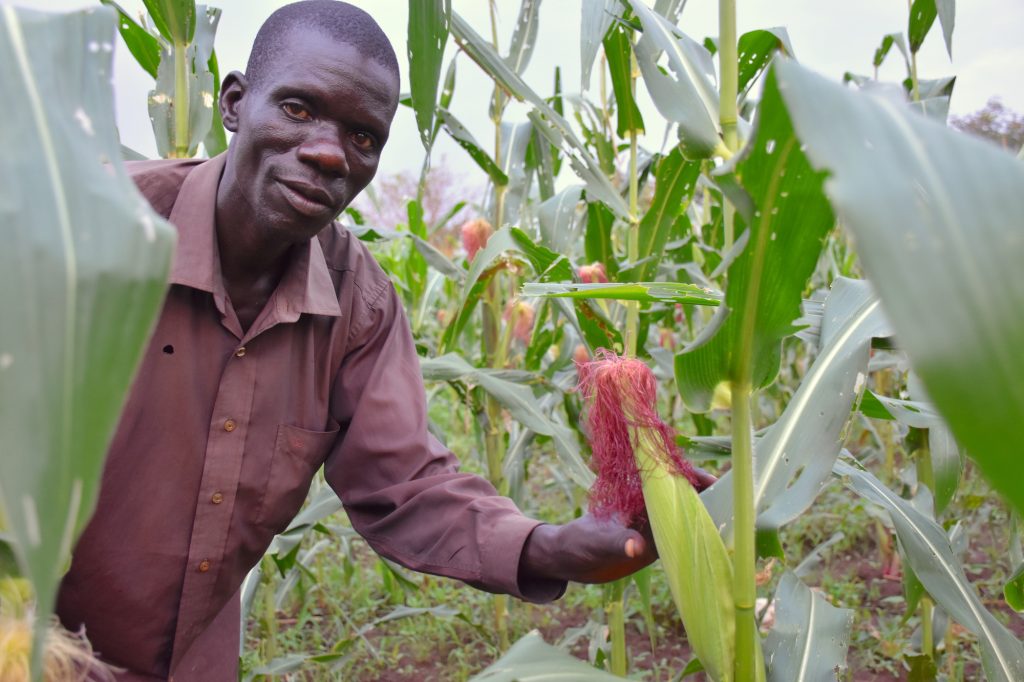
Tolerance is key
“The popularity of this drought-tolerant variety among the farmers has been growing thanks to its good yield and reliability even with poor rains and its resistance to common foliar diseases like northern corn leaf blight and gray leaf spot, plus good resistance to the maize streak virus,” explained Daniel Bomet, a NARO maize breeder. “Maturing in slightly over four months, Gagawala can produce two to three maize cobs, which appeals to farmers.”
Ochieng’ has been planting UH5051 maize since 2015. Before adopting the new hybrid, Ochieng’ was growing Longe 5, a popular open-pollinated variety that is less productive and not very disease-resistant.
“What I like about UH5051 is that even with low moisture stress, it will grow and I will harvest something,” Ochieng’ said. Under optimal conditions, he harvests about 1.2 metric tons of maize grain on one acre of UH5051 hybrid.
With the old Longe 5 variety, he would only harvest 700 kg. “If the rains were delayed or it didn’t rain a lot, I would be lucky to get 400 kg per acre with the Longe 5, while I get twice as much with the hybrid,” Ochieng’ explained.
Thanks to this tolerant maize variety, he can pay his children’s school fees and provide some surplus grain to his relatives.
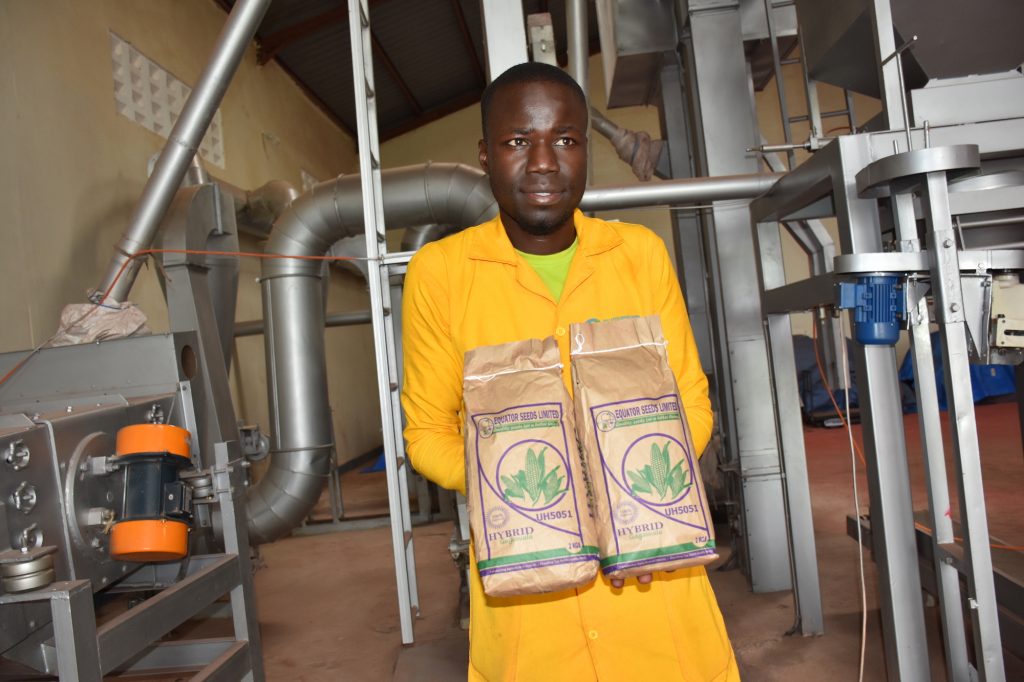
Out with the old, in with the new
“One key strategy to improve our farmers’ livelihoods in northern Uganda is to gradually replace old varieties with new varieties that can better cope with the changing climate and problematic pests and diseases,” said Godfrey Asea, the director of the National Crops Resources Research Institute (NaCRRI) at NARO. “Longe 5 for instance, has been marketed for over 14 years. It has done its part and it needs to give way to new improved varieties like UH5051.”
The Gulu-based company Equator Seeds has been at the core of the agricultural transformation in northern Uganda. From 70 metrics tons of seed produced when it started operations in 2012, the company reached an annual capacity of about 7,000 to 10,000 metric tons of certified seed of different crops in 2018. Working with dedicated out-growers such as Anthony Okello, who has a 40-acre piece of land, and 51 farmer cooperatives comprising smallholder farmers, Equator Seeds produces seed of open-pollinated hybrid maize and other crops, which reaches farmers through a network of 380 agro-dealers.
“80% of farmers in northern Uganda still use farm-saved or recycled seed, which we consider to be our biggest competitor,” Tonny Okello, CEO of Equator Seeds remarked. “Currently, about 60% of our sales are in maize seed. This share should increase to 70% by 2021. We plan to recruit more agro-dealers, establish more demonstration farms, mostly for the hybrids, to encourage more farmers to adopt our high yielding resilient varieties.”
The two-decade unrest discouraged seed companies from venturing into northern Uganda but now they see its huge potential. “We have received tremendous support from the government, non-governmental organizations, UN and humanitarian agencies for buying seed from us and distributing it to farmers in northern Uganda and South Sudan, to aid their recovery,” Okello said.
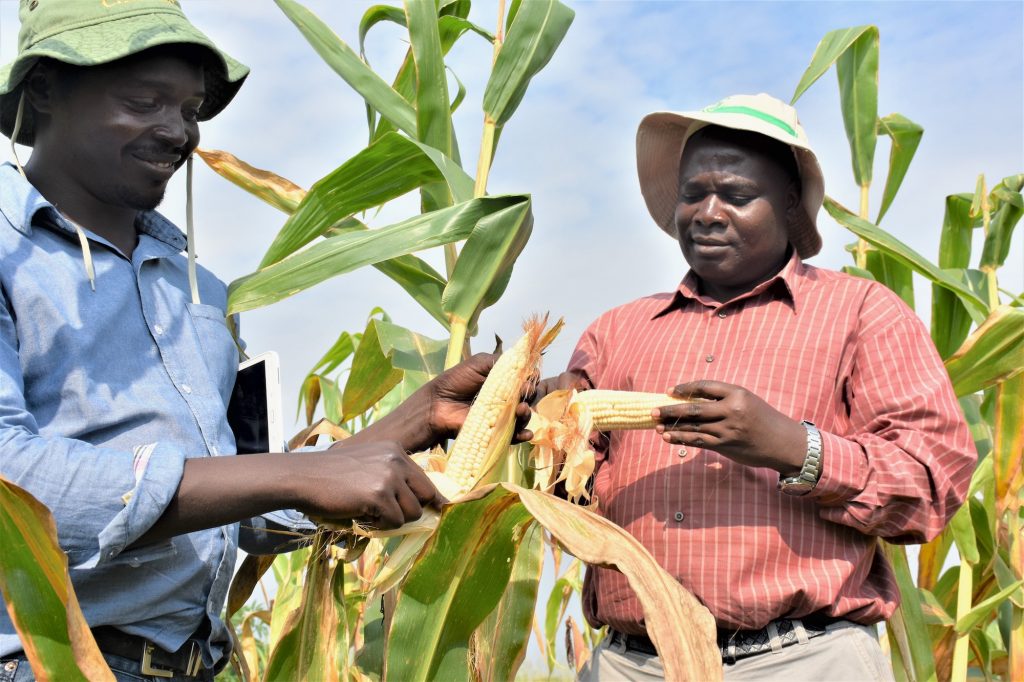
Social impact
The Ugandan seed sector is dynamic thanks to efficient public-private partnerships. While NARO develops and tests new parental lines and hybrids in their research facilities, they have now ventured into seed production and processing at their 2,000-acre Kigumba Farm in western Uganda through NARO Holdings, their commercial arm.
“Because the demand for improved seed is not always met, NARO Holdings started producing certified seed, but the major focus is on production of early generation seed, which is often a bottleneck for the seed sector,” Asea said.
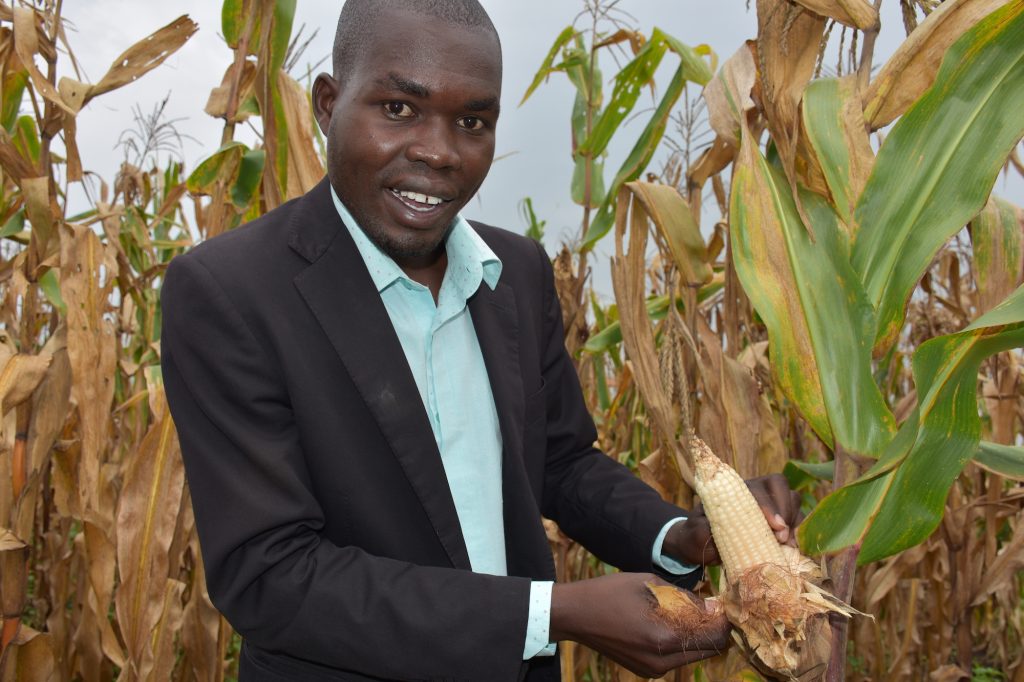
Another innovative collaboration has been to work with the Uganda Prisons Service (UPS) establishments to produce maize seed. “When we started this collaboration with UPS, we knew they had some comparative advantages such as vast farmland, ready labor, mechanization equipment and good isolation, which are important for high-quality hybrid maize seed production,” Asea explained. The UPS facility in Lugore, Gulu, which has 978 hectares of land, produces foundation seed of UH5051.
“Prisons offer a big potential to support the growing seed industry,” he said. “Together with CIMMYT, we should build further the capacity of UPS to produce foundation and certified seeds. It provides much-needed income for the institutions. The inmates, in addition to being remunerated for farm labor, are engaged in positive outdoor impactful activities. This skill is helpful for their future reintegration in the society.”
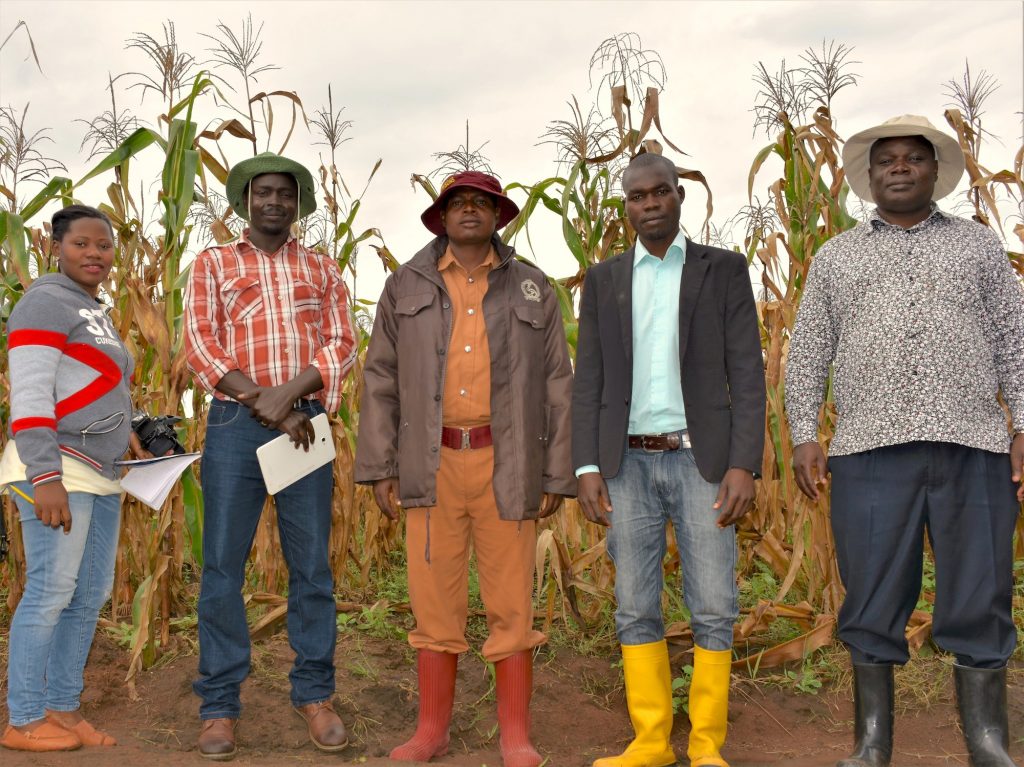
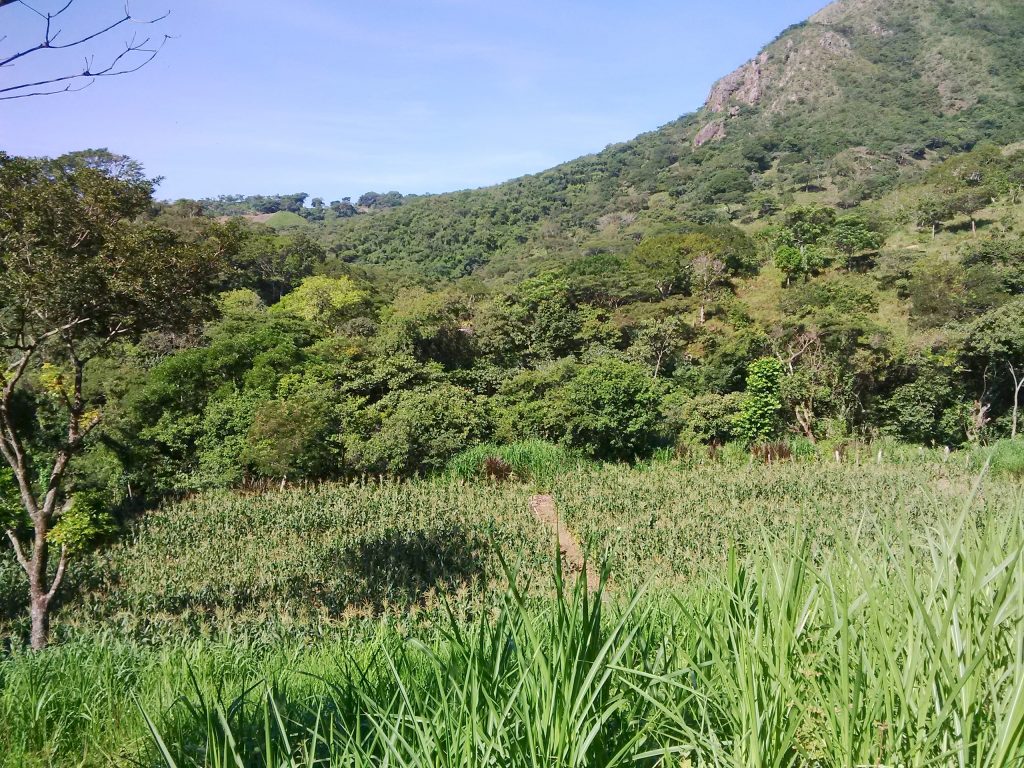
Populations in Central America are rising rapidly, but staple crop production seems unable to keep up with increasing food demands.
Maize yields are particularly low compared to other regions. Cumulatively, farmers in El Salvador, Guatemala, Honduras and Nicaragua produce maize on nearly 2.5 million hectares, with a large proportion of these maize systems also including beans, either through relay cropping or intercropping. Though potential yields are estimated to be as high as 10 metric tons per hectare, average production remains low at around 2.28.
There is clearly immense opportunity for improvement, but it is not always obvious which issues need tackling.
Yield gap analysis — which measures the difference between potential and actual yield — is a useful starting point for addressing the issue and identifying intensification prospects. It is not a new concept in applied agronomy, but it has not been adequately applied in many regions. For example, Analyses of Central America tend to be grouped with the rest of Latin America, making it difficult to provide recommendations tailored to local contexts.
I see a more comprehensive understanding of the region’s specific crop production limitations as the first step towards improving food security.
Along with fellow researchers from the International Maize and Wheat Improvement Center (CIMMYT) and other institutions, we set out to identify the main factors limiting production in these areas. We established field trials in six maize and bean producing regions in El Salvador, Guatemala and Honduras, which represent about three-quarters of the maize producing area. We assessed factors such as water stress, nutrient deficiency, pressure from pests and diseases, and inter-plant competition, hypothesizing that optimized fertilization and supplementary irrigation would have the greatest effects on yields.
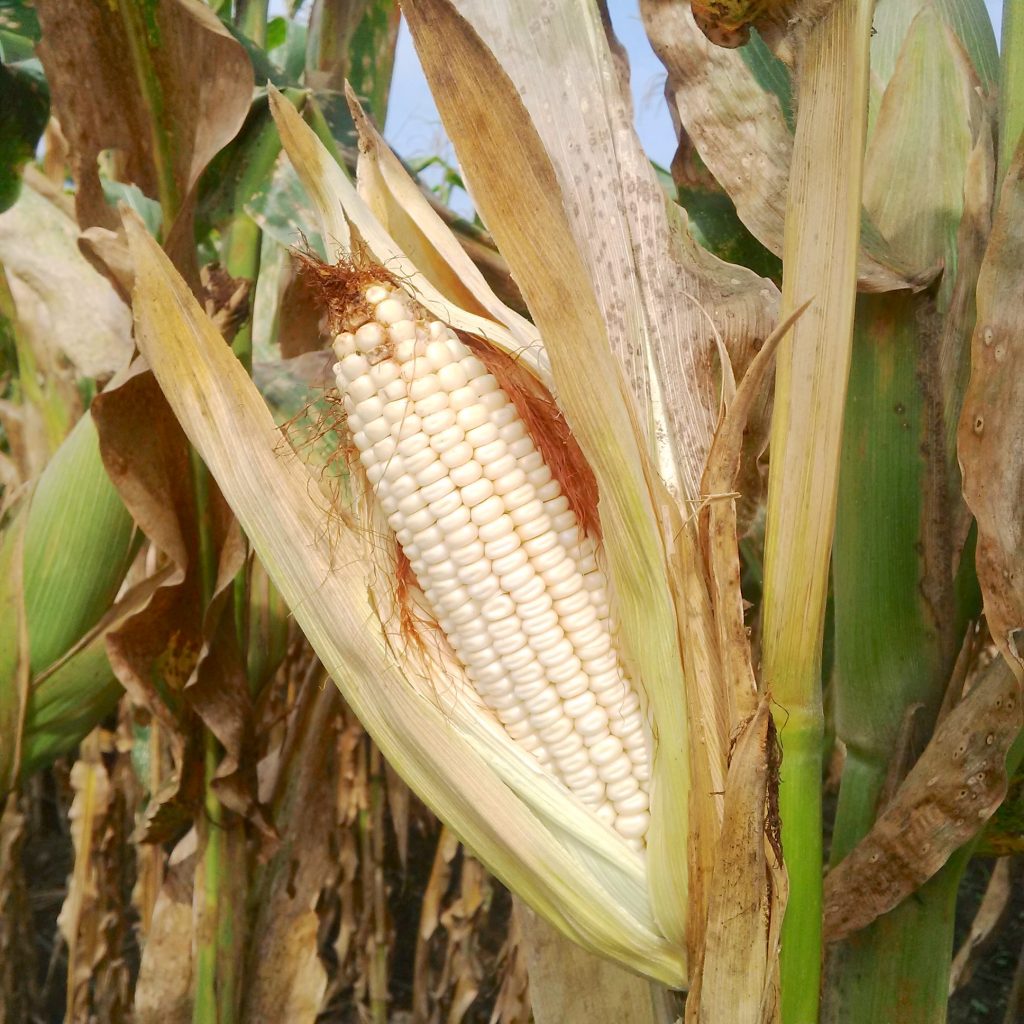
We found that while improved fertilization improved maize yields by 11% on average, it did not have a significant effect on bean production. Irrigation had no effect, though this was mainly due to good rainfall distribution throughout the growing season in the study year. On average, optimized planting arrangements increased maize yields by 18%, making it the most promising factor we evaluated.
It was interesting though perhaps unsurprising to note that the contribution of each limiting factor to yield gaps carried across all sites and no single treatment effectively increased yields consistently across all sites. The trial results confirmed that production constraints are highly dependent on local management practices and agroecological location.
With this in mind, we recommend that development actors aiming to increase crop production begin by conducting multi-year, participatory experiments to understand the primary causes of yield gaps and identify the limitations specific to the areas in question, as this will allow for more effective research and policy efforts.
Read the full article “Factors contributing to maize and bean yield gaps in Central America vary with site and agroecological conditions” in The Journal of Agricultural Science.
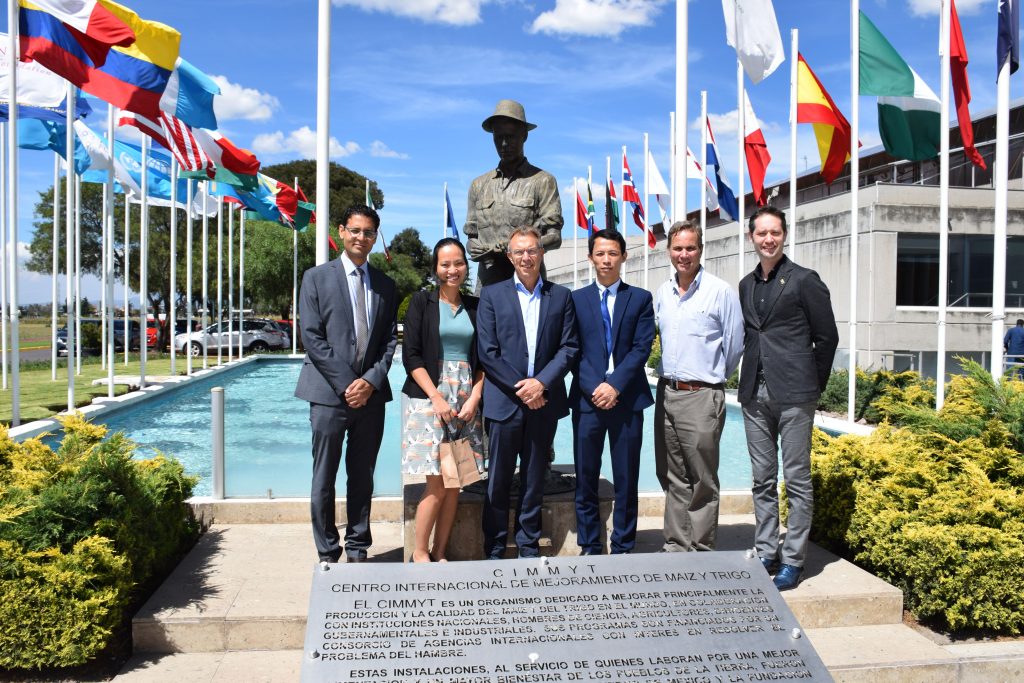
Vietnamese officials expressed interest in increased future cooperation with the International Maize and Wheat Improvement Center (CIMMYT). A delegation from the Embassy of Vietnam in Mexico visited CIMMYT’s global headquarters in Texcoco, Mexico, on October 21, 2019. The delegation was composed of Hien Do Tat, First Secretary of Technology Science, and translator Cuc Doan Thi Thu.
CIMMYT sends germplasm to Vietnam and has previously collaborated with the country through several projects. More than twenty Vietnamese scientists have received training from CIMMYT.
The Vietnamese delegation was particularly interested in CIMMYT’s work with drought-tolerant maize and requested expert help with fall armyworm, which has appeared in Vietnam for the first time earlier this year. They also expressed surprise at the range of CIMMYT activities, as they were under the impression that the organization’s sole purpose was plant breeding.
CIMMYT Director General Martin Kropff reinforced interest in further cooperation with Vietnam, emphasizing the importance of appropriate mechanization and sustainable intensification in agricultural development.
Vietnam produced 5.1 million tons of maize a year, grown on more than one million hectares, according to the latest available figures.
When the destructive fall armyworm arrived in Asia in the summer of 2018, scientists were not taken by surprise. They had been anticipating its arrival on the continent as the next stage of its aggressive eastward journey, driven by changing climatic conditions and international trade routes. The pest, native to North and South America, had invaded and spread throughout most of sub-Saharan Africa within two years, severely damaging billions of dollars of maize crops and threatening food security for millions of people. Asian countries would have to mobilize quickly to cope with this new threat.
After reaching India in 2018, the pest spread to other parts of Asia, including Bangladesh, mainland China, Indonesia, Laos, Myanmar, Nepal, Philippines, Sri Lanka, Taiwan, Thailand and Vietnam.
Fall armyworm is a major threat to Asia’s maize farmers, many of whom derive a crucial source of household income by selling maize as feed grain for the growing poultry sector. What is not sold is paramount for subsistence and daily nutrition in communities in the hills of Nepal, in the tribal regions of India, in the mountainous provinces of southern China, and in parts of Indonesia and the Philippines.
The pest is here to stay
Fall armyworm cannot be eradicated — once it has arrived in an agro-ecosystem, farmers must learn how to cope with it. Farmers in the Americas have lived with this pest for the last two hundred years, but their tools and management techniques cannot be simply applied in Africa or Asia. Solutions need to be tailored to specific countries and local contexts, to account for the vast differences in local ecologies, practices, policies and other conditions.
Timothy J. Krupnik and B.M. Prasanna are two of the scientists responding to fall armyworm in Asia. Both are with the International Maize and Wheat Improvement Center (CIMMYT). As a long-established organization with global presence, CIMMYT had decades of experience managing fall armyworm in its native lands before the global spread started. These scientists see the enormous threat to maize crops in Asia, and the negative impact it could have on the income and wellbeing of smallholders and their families, but they also point to opportunities to develop, validate and deploy effective solutions.
In South Asia, farmers have developed intensive agricultural techniques to produce food for rapidly growing populations, meaning agricultural inputs such as seeds, fertilizer and pesticides are more readily available than in much of Africa. The private sector is generally good at getting solutions to farmers, who are often willing and able to adopt new ways of farming. “The private sector in South Asia is in a good position to exchange and transfer technologies across the region,” explains Prasanna, who leads CIMMYT’s Global Maize Program and the CGIAR Research Program on Maize.
The accessibility of pesticides also has its risks, says Krupnik, a senior scientist based in Bangladesh. “If used incorrectly, pesticides can be unsafe, environmentally damaging and even ineffective,” he says. Krupnik’s team is currently engaging with pesticide companies in Bangladesh, helping them develop an evidence-based response to fall armyworm. “We want to encourage effective, environmentally safer solutions such as integrated pest management that cause least harm to people and ecosystems,” he explained.
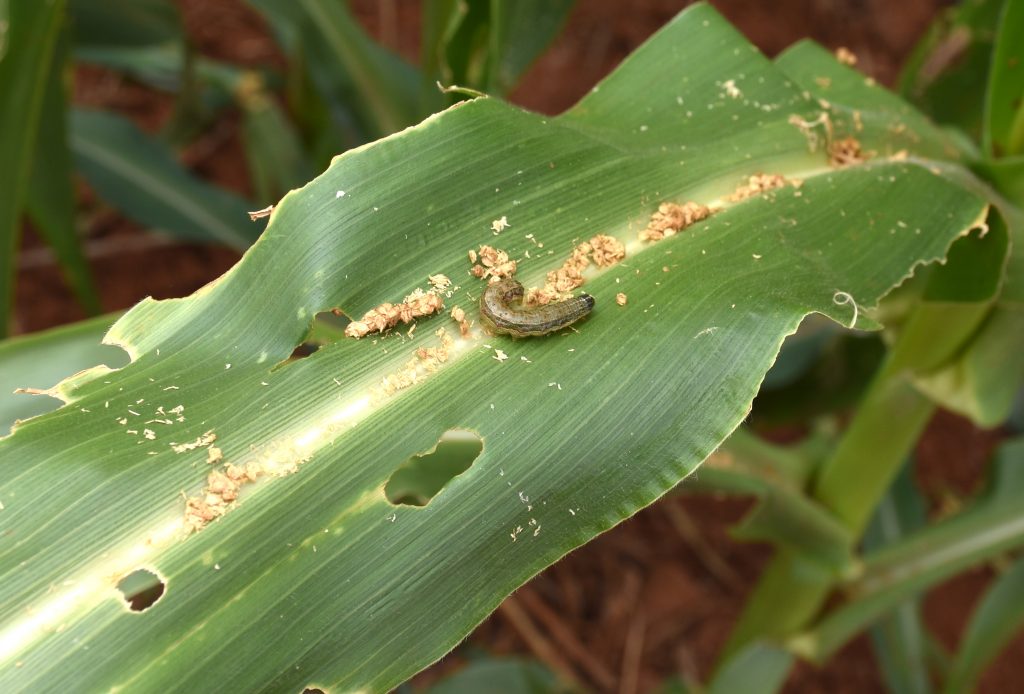
A global effort
The global nature of the challenge may have a silver lining. “Over the last three years, we have learned important lessons on fall armyworm management in Africa, including what technologies work and why,” says Prasanna. “With the pest now a global problem, there is great potential for cooperation among affected countries, especially between Africa and Asia.”
Researchers emphasize that a collective effort is needed to respond to the fall armyworm in Asia. CIMMYT is working with partners around the world to help leverage and share expertise and technologies across borders.
China has as much acreage of maize as the whole African continent, and has tremendous institutional expertise and capacity to deal with new challenges, explains Prasanna. His team is in discussions with Chinese researchers to share knowledge and solutions across Asia.
Bangladesh and Nepal are among the countries seeking linkages with international experts and researchers in other countries.
In Africa, CIMMYT was part of a global coalition of scientists and governments who joined forces in 2017 to tackle the fall armyworm threat and develop scientific solutions. The researchers want to see this approach expand into Asia, supported by the donor community.
As the pest continues its relentless expansion in the region, extensive work is ahead for both research and development institutions. Researchers need to identify and promote best management practices. Technologies will have to be environmentally sustainable, durable and inclusive, says Prasanna.
Joining hands
“To achieve this, we need a multidisciplinary team including breeders, pest management experts, seed specialists, agronomists and socioeconomists, who can share science-based evidence with development partners, governments and farmers,” Prasanna says.
CIMMYT researchers are on the path towards developing improved maize varieties with native genetic resistance to fall armyworm. They are also engaging with farming communities to make sure other integrated pest management solutions are available.
In addition to developing agronomic practices and technologies, scientists are reaching out to farming communities with the right messages, Krupnik explains. “As well as being technical experts, our scientists are embedded in the countries where we work. We’ve lived here for a long time, and understand how to engage with local partners,” he says.
Cross-border collaboration and knowledge transfer is already happening. Partners in Laos enthusiastically adapted fall armyworm informational materials from Bangladesh for local dissemination. Krupnik and his team have also collaborated on a video with guidance on how to identify and scout for fall armyworm in a field, developed by Scientific Animations without Borders.
Fall armyworm will continue its spread across Asia, and researchers will have many questions to answer, such as how fall armyworm interacts with very diverse Asian agro-ecosystems, the pest population dynamics, and measuring the economic impacts of interventions. Solutions need to be developed, validated and deployed for the short, medium and long term. Krupnik and Prasanna hope that international cooperation can support these crucial research-for-development activities.
“Fall armyworm is here to stay. We are running a marathon and not a 100-meter sprint,” proclaimed Prasanna. “Let’s work collectively and strategically so that the farmer is the ultimate winner.”
Partnerships and how to increase impact were two of the key issues discussed by the Board of Trustees of the International Maize and Wheat Improvement Center (CIMMYT) during their meeting in Kenya in October 6-10, 2019. Management and strategy discussions were combined with field trips and interactions with CIMMYT researchers and partners. Board members visited the research stations in Kiboko and Naivasha, as well as two partner seed companies in Machakos and Nairobi.
“To ensure CIMMYT’s crop breeding research benefits smallholder farmers, it is important for us to better understand how partnerships between CIMMYT and seed companies work on the ground, to know how seeds move from our research stations to the farmers,” said Marianne Bänziger, CIMMYT’s deputy director general for research and partnership.
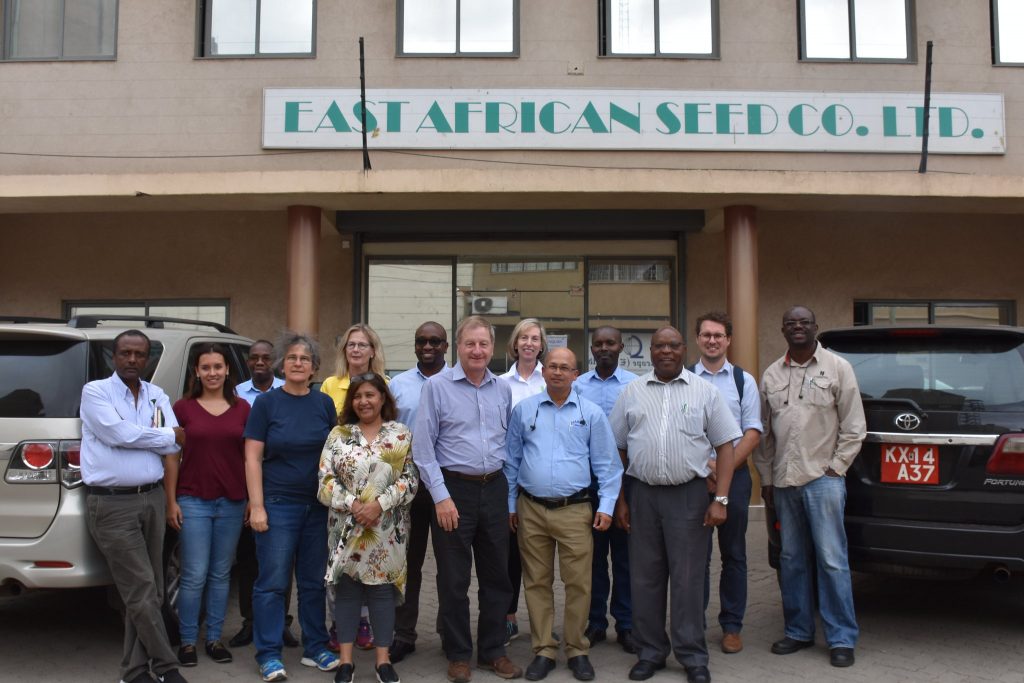
East African Seed, a family-owned seed business established in Nairobi in the 1970s, sells over 300 products, from maize and vegetable seeds to phytosanitary solutions. The company works through a large network of stockists and distributors across Burundi, the Democratic Republic of Congo, Kenya, Rwanda, South Sudan, Tanzania and Uganda.
Rogers Mugambi, chief business manager of East African Seed, underlined the successful partnership with CIMMYT, getting access to high-yielding disease-resistant germplasm and receiving technical support for the company’s breeding team. Mugambi highlighted CIMMYT’s contribution to contain the devastating maize lethal necrosis (MLN) outbreak since 2011. Most commercial varieties on the market fared badly against this new viral disease, but in 2020 East African Seed will launch two new MLN-tolerant varieties on the market thanks to CIMMYT’s breeding work.
Dryland Seed, another partner seed company, was established in 2005 in Kenya’s Machakos County. It commercializes the drought-tolerant SAWA maize hybrid, based on CIMMYT lines. Featured recently on Bill Gates’s blog, this hybrid is a success among farmers, thanks to earliness, nitrogen use efficiency and good yield potential in water-stressed regions. Dryland Seed’s production grew from 25 to 500 tons of seed per year, reaching out 42,000 farmers a year.
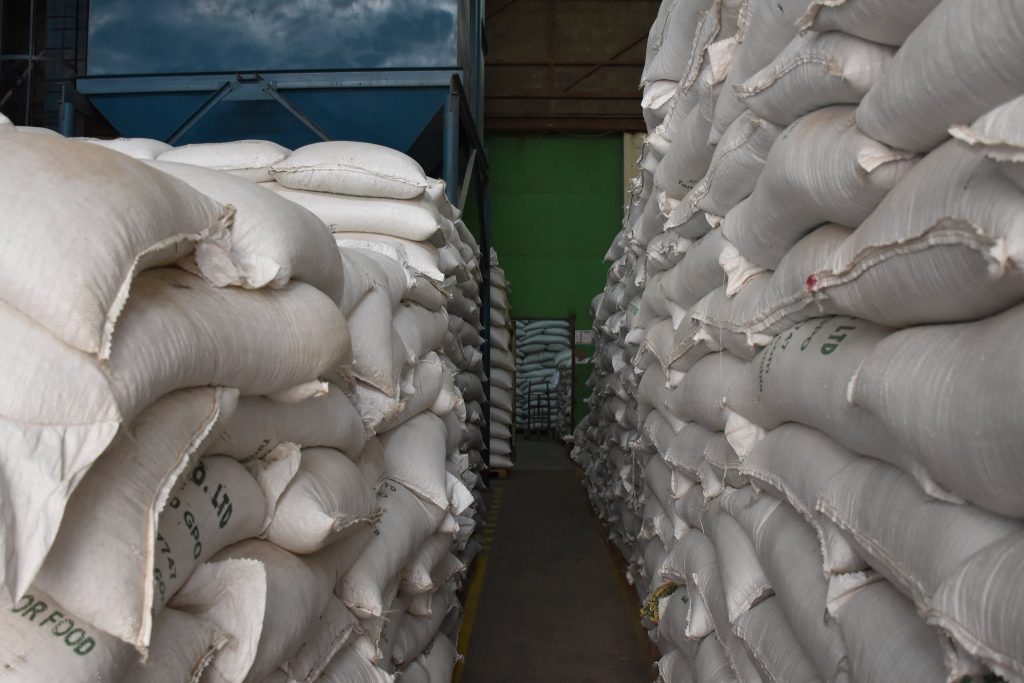
Keeping seeds in business
When asked about the uniqueness of East African Seed, Mugambi highlighted trust and consistency in quality. They nurture their agrodealer network by investing in extension services and organizing evening meetings with stockists to discuss how to farm and be profitable. “Knowing and supporting the agrodealers selling your products is crucial, to make sure the stockists sell the right seeds and inputs, and store them well,” Mugambi explained.
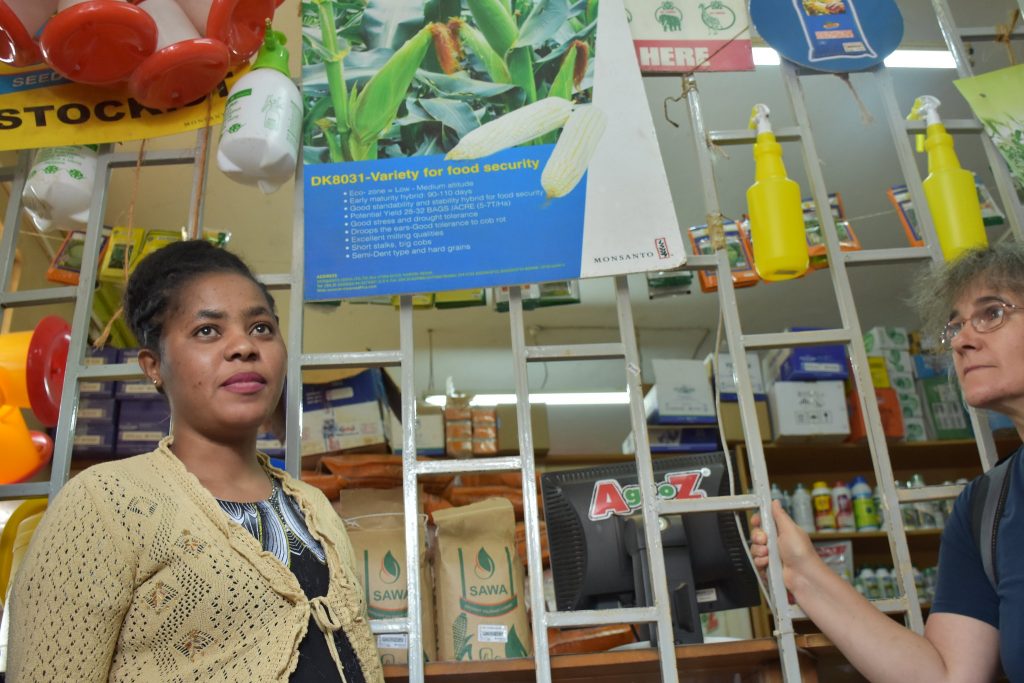
“Many seed companies could learn from you. Quality control is crucial for any seed business as you sell genetics and any crop failure at farm level will jeopardize farmers’ trust in the company’ seeds,” said Bill Angus, CIMMYT Board member.
Ngila Kimotho, managing director of Dryland Seed, pointed out the financial challenges for a small local seed company to grow in this risky but important agribusiness. The company has to pay out-growers, sometimes face default payment by some agrodealers, while low-interest credit offers are scarce as “banks and microfinance institutions target short-term reliable businesses, not climate-risky rainfed farming,” Kimotho explained. Combining drought-tolerant crops with insurance products could lower business risks for banks.
Bringing top-notch research to farmers
“I am worried about the mutating stem rust which seems to break down the resistance of some popular wheat varieties,” stressed Joseph Nalang’u, a farmer in Narok with 600 acres dedicated to wheat and 100 to maize. “The unpredictable weather is another major concern. When I started farming, we knew exactly when the planting season would start, and this helped us in our planning. That is no longer the case.”
African farmers need agricultural research. A research that is responsive to develop rapidly scalable and affordable solutions against numerous emerging pests and diseases like wheat rusts, MLN or fall armyworm. They need advice on how to adapt to unpredictable climate.
While visiting the MLN Quarantine and Screening Facility in Naivasha, CIMMYT’s Board members discussed research priorities and delivery pathways with farmers, seed and input companies, and representatives of Kenya Agricultural and Livestock Research Organization (KALRO), Kenya Plant Health Inspectorate Service (KEPHIS) and the Ministry of Agriculture.
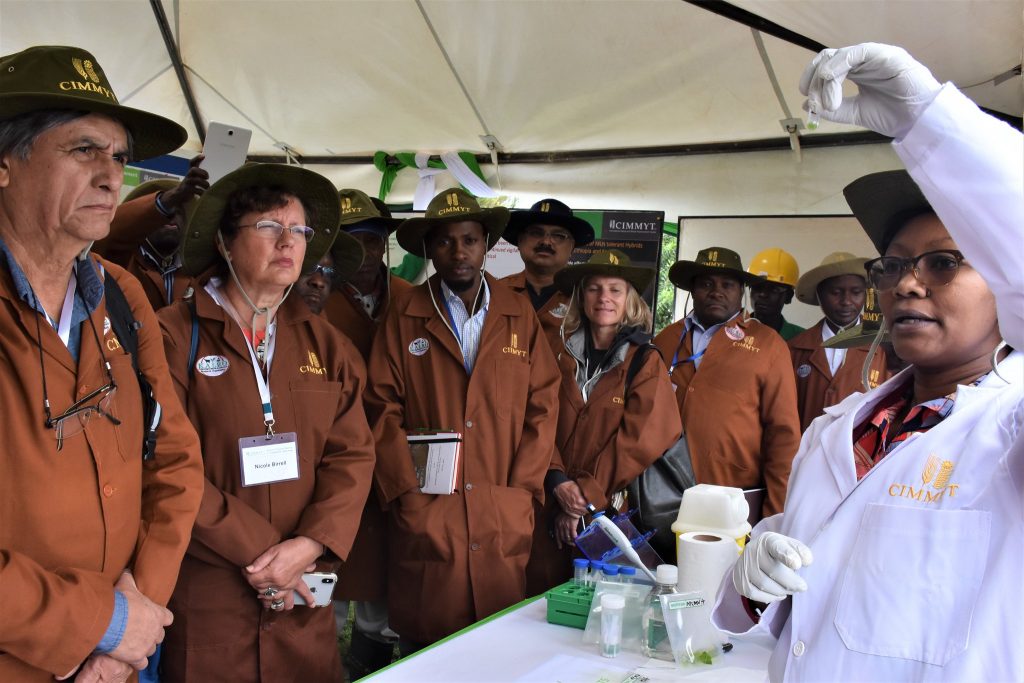
“When you visit Naivasha MLN research facility or Njoro wheat rust phenotyping platform, both co-managed by CIMMYT and KALRO, you see a partnership that works very well,” said Zachary Kinyua, the assistant director for crop health research at KALRO. “These facilities are open to public-private collaboration, they generate important public goods for farmers, large and small.”
“If we develop or co-develop wonderful technologies but they don’t reach the farmers, that would be a fun and wonderful experience but with no impact,” said Kevin Pixley, CIMMYT’s director of the Genetic Resources program. “We depend on partners in the national agricultural research systems, seed companies and other private and public partners to realize the desired impact.”
“It is always so inspiring to see on the ground the results of years of research, to hear some of our partners talking about the real impact this research makes. The multiplier effect of what we do never ceases to amaze me,” expressed Nicole Birell, chair of CIMMYT’s Board of Trustees.
Cover image: CIMMYT board members and staff visited Riziki Farm Supplies, one of the agrodealers in Machakos which sells SAWA hybrid maize. (Photo: Jerome Bossuet/CIMMYT)
Step into supermarkets or restaurants in Mexico City and surrounding towns and you might see products made from blue maize — food which would not have been available just a few years ago. Some of Mexico’s favorite dishes are taking on a new hue with blue corn chips, blue tortillas or blue tamales. But should breeders, millers, processors and farmer organizations invest in expanding the production of blue maize and blue maize products? Are consumers really interested, and are they willing to pay more?
These are some of the questions researchers at the International Maize and Wheat Improvement Center (CIMMYT) in Mexico set out to answer. They set up study to test consumer preferences and willingness to pay for this blue maize tortillas.
Maize is a main staple crop in Mexico and tortillas form the base of many traditional dishes. Blue maize varieties have existed for thousands of years, but until recently they were mostly unknown outside of the farming communities that grew them. In addition to its striking color, the grain has gained popularity partly due to its health benefits derived from anthocyanin, the blue pigment which contains antioxidants.
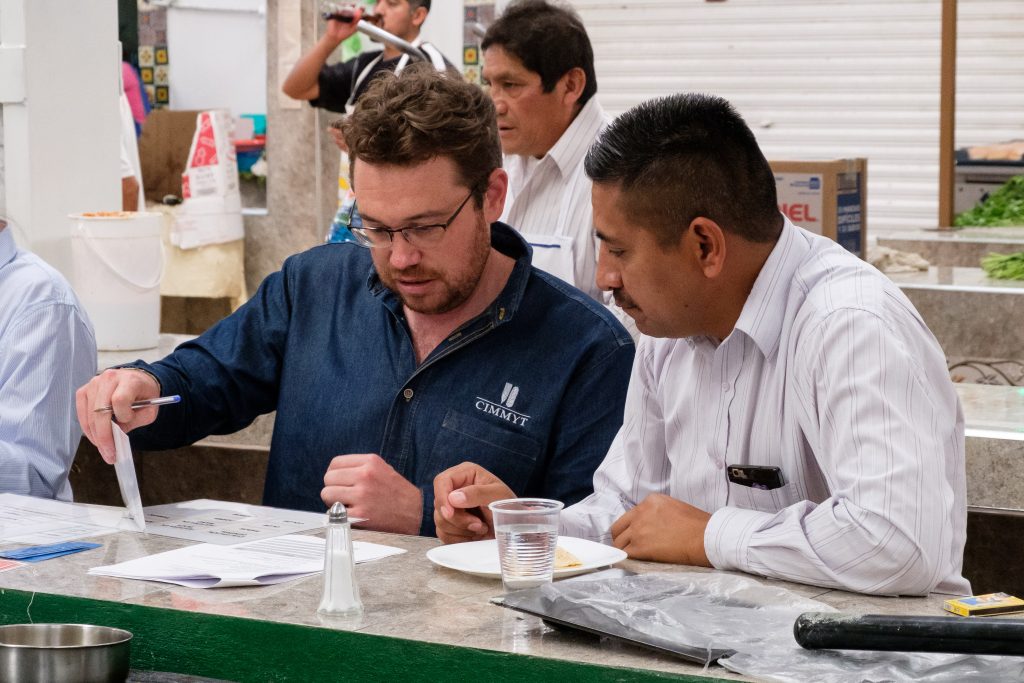
“Demand for blue maize has skyrocketed in the past few years,” said Trent Blare, economist at CIMMYT and the leader of the research.” Three years ago, white and blue maize sold at the same price. One year ago, blue maize cost just a few Mexican pesos more, and now blue maize is worth significantly more. However, we still lack information on consumer demand and preferences.”
According to Blare, the end goal of the study is to explore the demand for blue maize and try to better understand its market potential. “If we want farmers who grow blue maize to be able to get better market value, we have to know what the market looks like.”
This research received funding from Mexico’s Agency for Commercialization Services and Agricultural Market Development (ASERCA), which has been working with farmer organizations on post-harvest storage solutions for their maize. As blue maize is softer than typical white or yellow varieties, it requires special storage to protect it against insects and damage. In order to help provide farmers with the correct maize storage technology, ASERCA and others in Mexico will benefit from a deeper understanding of the market for blue maize in the region. In addition, researchers were interested to know if there is a premium for growing blue maize, or for making tortillas by hand. Premiums could help convince farmers to invest in post-harvest technologies and in the production of blue maize.
“There is this idea that demand should come from producers, but there are many steps along the maize value chain. We’re basically going backwards in the value chain: is there demand, is there a market, going all the way from the consumer back to the farmer,” Blare explained.
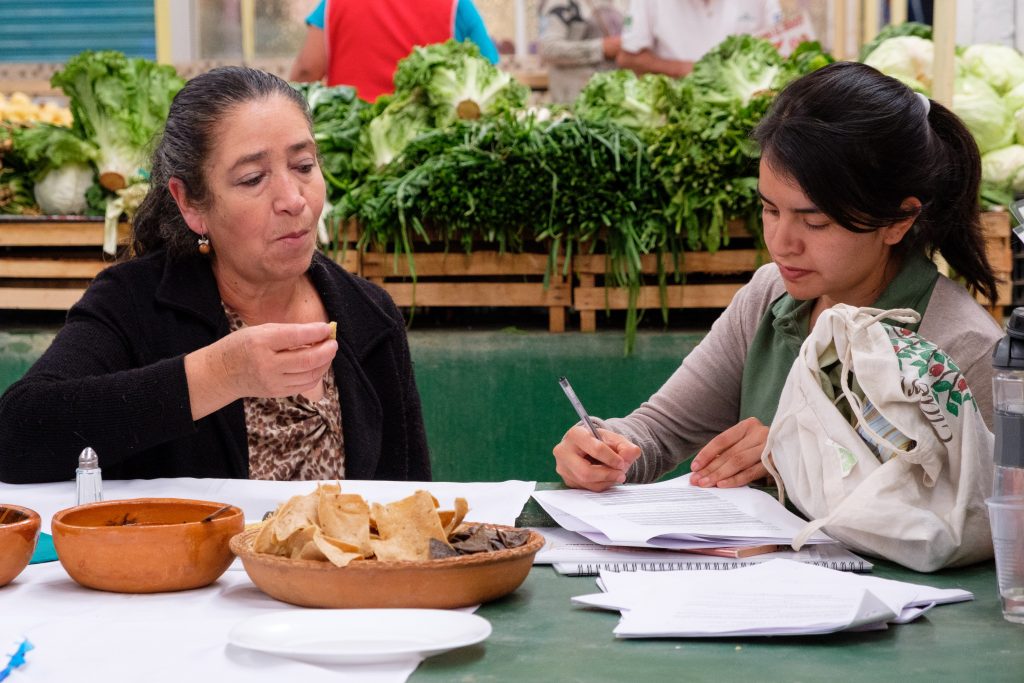
A matter of taste
The study was conducted in Texcoco, just outside of Mexico City, where CIMMYT’s global headquarters are based. This town in the State of Mexico was chosen because of its long history growing and consuming blue maize. Interviews were held in three different locations, a local traditional market and two local shopping malls, in order to ensure that different socioeconomic groups were included.
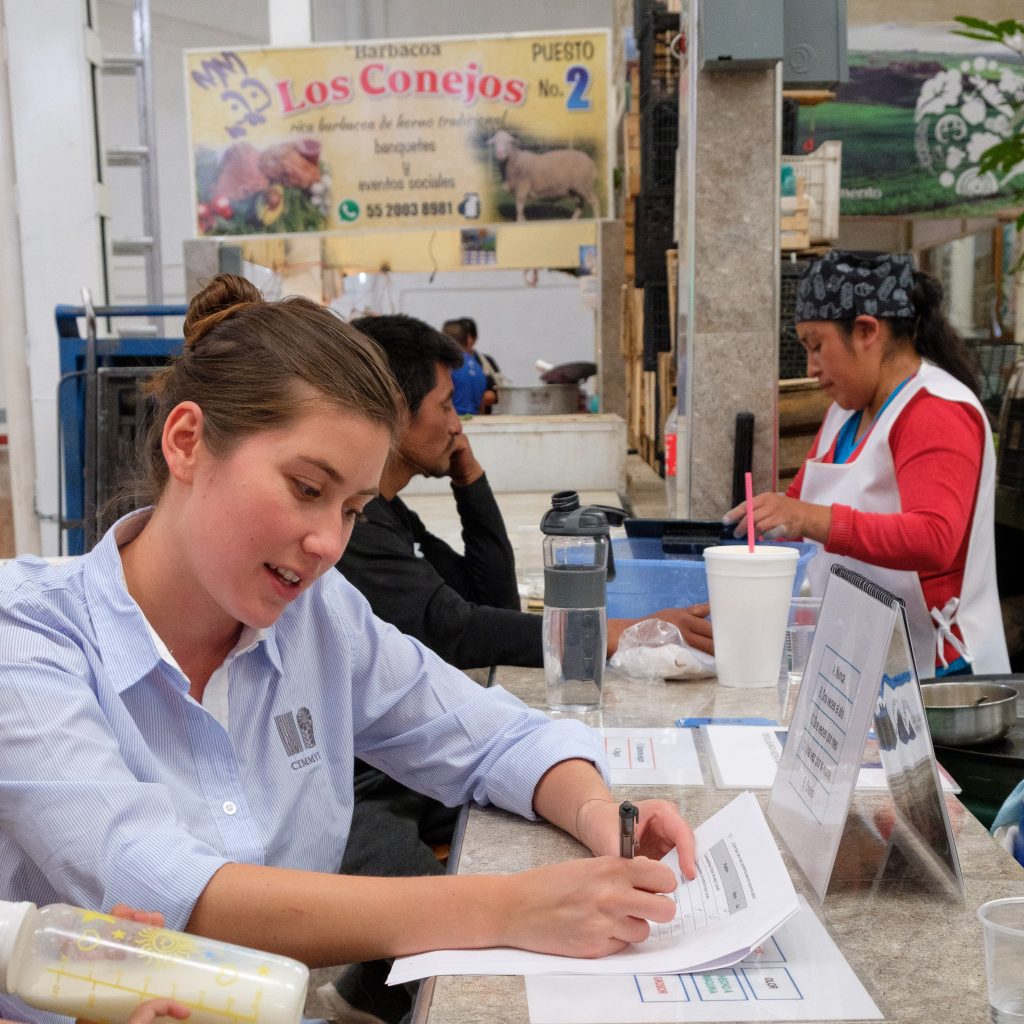
The team interviewed 640 consumers, asking questions such as where do they buy different types of tortillas, in which dishes they use different types of tortillas and if they faced difficulties in purchasing their preferred tortilla. The team also conducted sensory analysis and attributes, and gave study participants a choice between handmade blue maize tortillas, handmade white maize tortillas, and machine-made white maize tortillas.
The interviewees were given three different scenarios. Would they be willing to pay more for blue tortillas compared to other tortillas if eating quesadillas at a restaurant? To serve during a special event or visit from a family member? For everyday use?
The answers allowed researchers to quantify how much more consumers were willing to pay and in what circumstance, as they were given different price points for different types of tortillas in different scenarios.
True colors
The researchers found that preferences for blue and white maize were distinct for different dishes, and that there was a particular preference for blue maize when used in traditional dishes from this region, such as tlacoyos or barbacoa. A majority of consumers was willing to pay more for higher quality tortillas regardless of the color, as long as they were made handmade and fresh from locally grown maize. Interviewers also saw a noticeable difference in preference for blue tortillas depending on the situation: blue tortillas are demanded more for special occasions and in traditional markets.
“I found it fascinating that there is a difference in blue maize consumption based on the circumstance in which you are eating it.” Blare said. “This is one of the innovations in our demand study — not analyzing the demand for a food product in general but analyzing differences in demand for a product in different contexts, which is important as food is such an important component for celebrations.”
“We think there is potential to replicate this in other places in Mexico, to see consumer preference and price willingness for blue maize and other value-added maize products,” said Jason Donovan, senior economist at CIMMYT. “This will not just inform farmers and markets but also how to do this kind of research, especially in middle-income economies. This study is the first of its kind.”
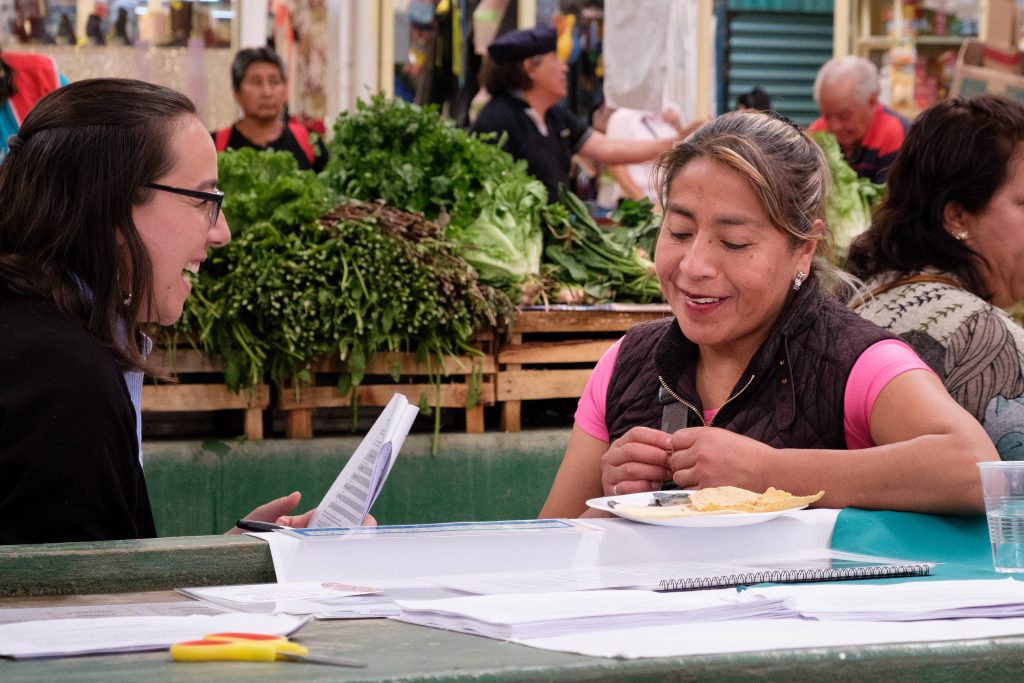
Still got the blue
Overall, the results revealed that women were willing to pay 33% more for blue maize tortillas while men were willing to pay 19% more. For every additional year of education, a consumer was willing to pay 1% more for blue maize tortillas. Interestingly, a person’s income had no effect on her or his willingness to pay for more blue maize tortillas. Many people interviewed expressed a preference for blue maize, but commented that they cannot always find it in local markets.
The information collected in these choice experiments will help farmers, breeders, and other actors along the maize value chain make more informed decisions on how to best provide blue maize varieties to the public — and give consumers what they want.
“It was a very interesting experience, I’ve never participated in a survey like this before and I think it is important to take the time to think about our decisions about food,” said Brenda Lopez, one of the interviewees in the choice experiment. Lopez preferred the handmade tortillas, especially those made with blue maize. “I think they have more flavor,” she said. “I just bought handmade tortillas in the market before participating in this survey, but I had to buy white because there was no blue available.”
Another interviewee, Luis Alcantara, agreed. “I prefer blue because of the flavor, the texture, even the smell,” he said. “At home we eat machine-made tortillas because it is hard to find handmade tortillas, and even if you do, they are not blue. We would buy blue if we could.”
Cover photo: Blue maize tortillas (Photo: Luis Figueroa)
Pioneering research on our three most important cereal grains — maize, rice, and wheat — has contributed enormously to global food security over the last half century, chiefly by boosting the yields of these crops and by making them more resilient in the face of drought, flood, pests and diseases. But with more than 800 million people still living in chronic hunger and many more suffering from inadequate diets, much remains to be done. The challenges are complicated by climate change, rampant degradation of the ecosystems that sustain food production, rapid population growth and unequal access to resources that are vital for improved livelihoods.
In recent years, a consensus has emerged among agricultural researchers and development experts around the need to transform global food systems, so they can provide healthy diets while drastically reducing negative environmental impacts. Certainly, this is a central aim of CGIAR — the world’s largest global agricultural research network — which views enhanced nutrition and sustainability as essential for achieving the Sustainable Development Goals. CGIAR scientists and their many partners contribute by developing technological and social innovations for the world’s key crop production systems, with a sharp focus on reducing hunger and poverty in low- and middle-income countries of Africa, Asia and Latin America.
The importance of transforming food systems is also the message of the influential EAT-Lancet Commission report, launched in early 2019. Based on the views of 37 leading experts from diverse research disciplines, the report defines specific actions to achieve a “planetary health diet,” which enhances human nutrition and keeps the resource use of food systems within planetary boundaries. While including all food groups — grains, roots and tubers, pulses, vegetables, fruits, tree nuts, meat, fish, and dairy products — this diet reflects important shifts in their consumption. The major cereals, for example, would supply about one-third of the required calories but with increased emphasis on whole grains to curb the negative health effects of cheap and abundant supplies of refined cereals.
This proportion of calories corresponds roughly to the proportion of its funding that CGIAR currently invests in the major cereals. These crops are already vital in diets, cultures, and economies across the developing world, and the way they are produced, processed and consumed must be a central focus of global efforts to transform food systems. There are four main reasons for this imperative.
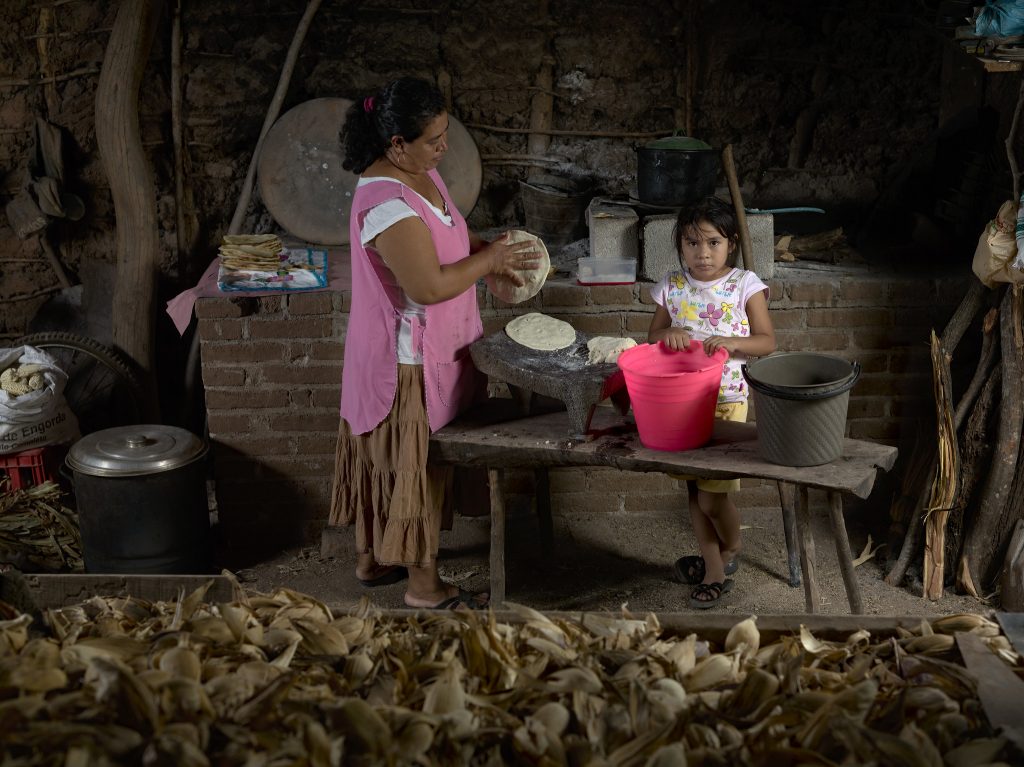
1. Scale and economic importance
The sheer extent of major cereal production and its enormous value, especially for the poor, account in large part for the critical importance of these crops in global food systems. According to 2017 figures, maize is grown on 197 million hectares and rice on more than 167 million hectares, mainly in Asia and Africa. Wheat covers 218 million hectares, an area larger than France, Germany, Italy, Spain and the UK combined. The total annual harvest of these crops amounts to about 2.5 billion tons of grain.
Worldwide production had an estimated annual value averaging more than $500 billion in 2014-2016. The prices of the major cereals are especially important for poor consumers. In recent years, the rising cost of bread in North Africa and tortillas in Mexico, as well as the rice price crisis in Southeast Asia, imposed great hardship on urban populations in particular, triggering major demonstrations and social unrest. To avoid such troubles by reducing dependence on cereal imports, many countries in Africa, Asia and Latin America have made staple crop self-sufficiency a central element of national agriculture policy.
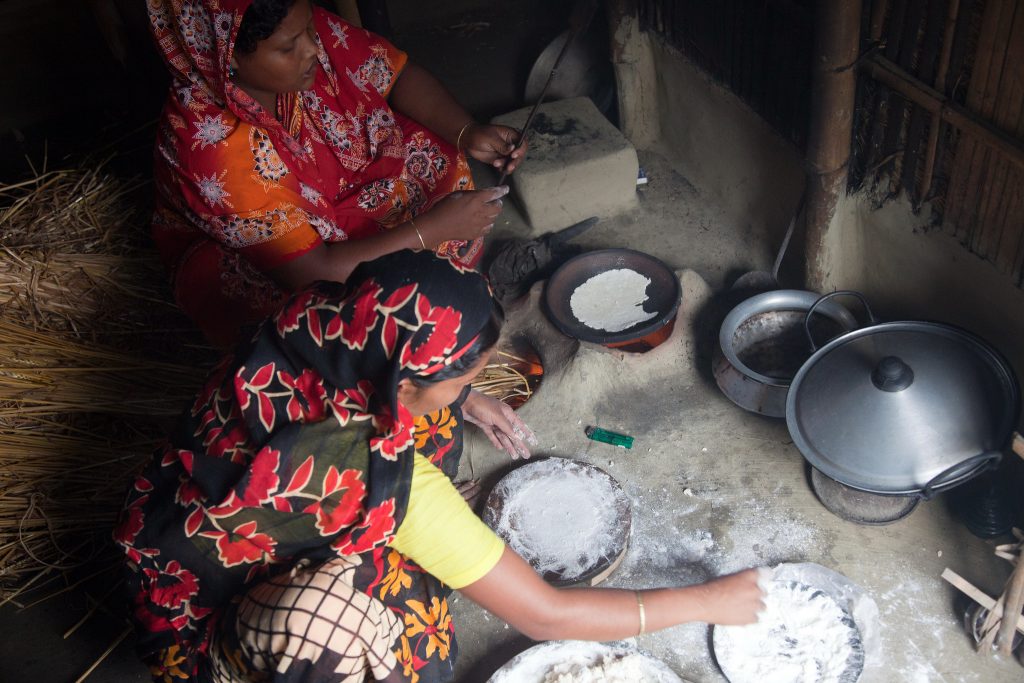
2. Critical role in human diets
Cereals have a significant role to play in food system transformation because of their vital importance in human diets. In developing countries, maize, rice, and wheat together provide 48% of the total calories and 42% of the total protein. In every developing region except Latin America, cereals provide people with more protein than meat, fish, milk and eggs combined, making them an important protein source for over half the world’s population.
Yellow maize, a key source of livestock feed, also contributes indirectly to more protein-rich diets, as does animal fodder derived from cereal crop residues. As consumption of meat, fish and dairy products continues to expand in the developing world, demand for cereals for food and feed must rise, increasing the pressure to optimize cereal production.
In addition to supplying starch and protein, the cereals serve as a rich source of dietary fiber and nutrients. CGIAR research has documented the important contribution of wheat to healthy diets, linking the crop to reduced risk of type 2 diabetes, cardiovascular disease, and colorectal cancer. The nutritional value of brown rice compared to white rice is also well known. Moreover, the recent discovery of certain genetic traits in milled rice has created the opportunity to breed varieties that show a low glycemic index without compromising grain quality.
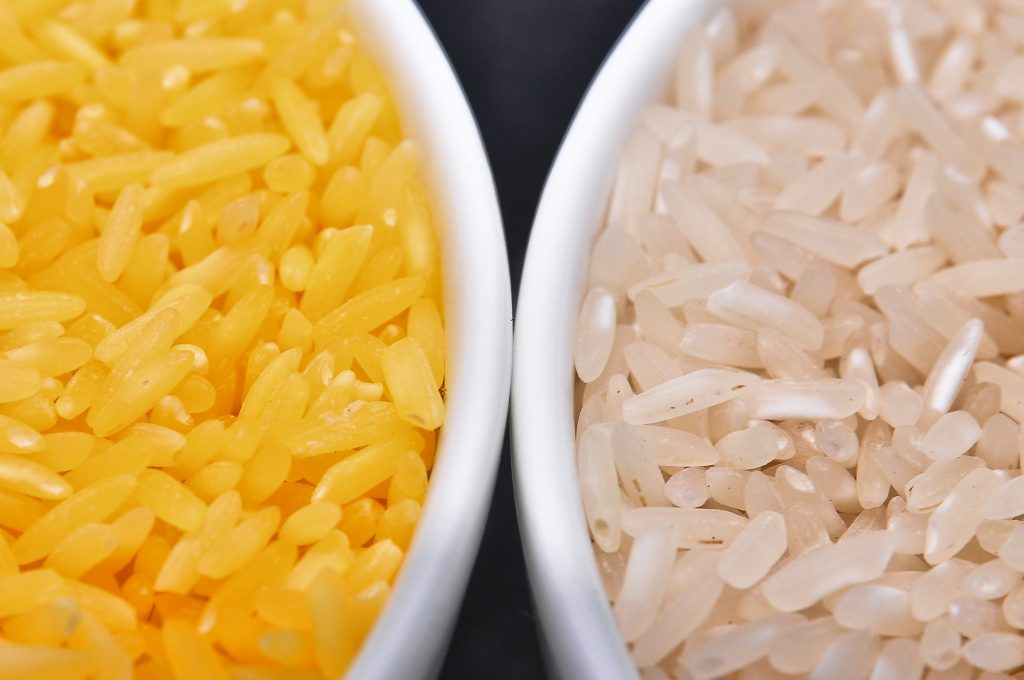
3. Encouraging progress toward better nutritional quality
The major cereals have undergone further improvement in nutritional quality during recent years through a crop breeding approach called “biofortification,” which boosts the content of essential vitamins or micronutrients. Dietary deficiencies of this kind harm children’s physical and cognitive development, and leave them more vulnerable to disease. Sometimes called “hidden hunger,” this condition is believed to cause about one-third of the 3.1 million annual child deaths attributed to malnutrition. Diverse diets are the preferred remedy, but the world’s poorest consumers often cannot afford more nutritious foods. The problem is especially acute for women and adolescent girls, who have unequal access to food, healthcare and resources.
It will take many years of focused effort before diverse diets become a reality in the lives of the people who need them most. Diversified farming systems such as rice-fish rotations that improve nutritional value, livelihoods and resilience are a step in that direction. In the meantime, “biofortified” cereal and other crop varieties developed by CGIAR help address hidden hunger by providing higher levels of zinc, iron and provitamin A carotenoids as well as better protein quality. Farmers in many developing countries are already growing these varieties.
A 2018 study in India found that young children who ate zinc-biofortified wheat in flatbread or porridge became ill less frequently. Other studies have shown that consumption of provitamin A maize improves the body’s total stores of this vitamin as effectively as vitamin supplementation. Biofortified crop varieties are not a substitute for food fortification (adding micronutrients and vitamins during industrial food processing). But these varieties can offer an immediate solution to hidden hunger for the many subsistence farmers and other rural consumers who depend on locally produced foods and lack access to fortified products.
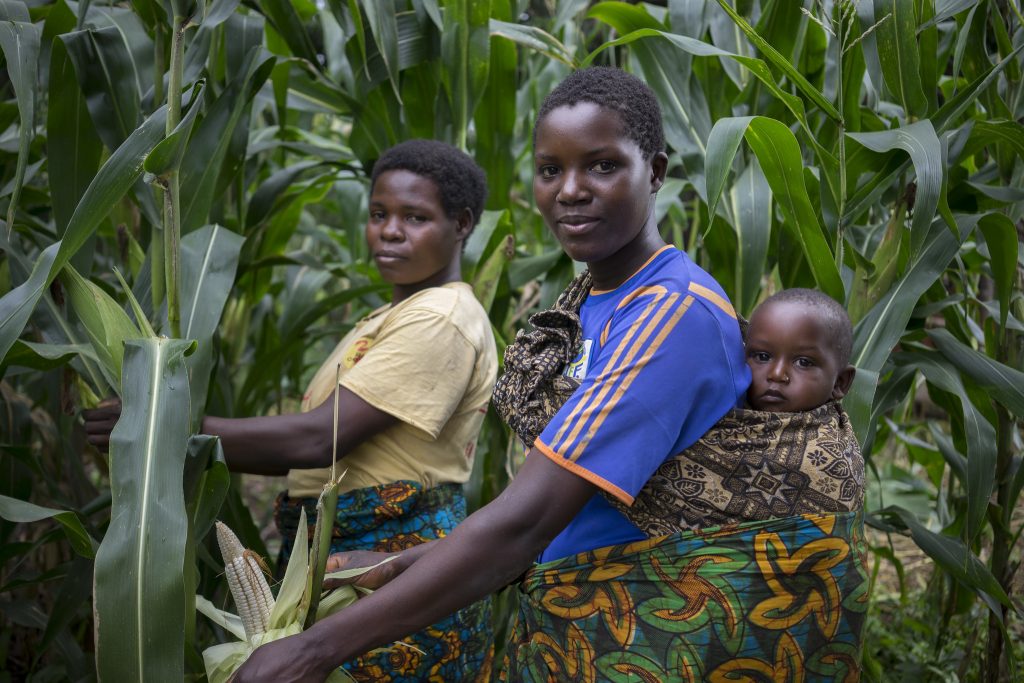
4. Wide scope for more sustainable production
Cereal crops show much potential not only for enhancing human heath but that of the environment as well. Compared to other crops, the production of cereals has relatively low environmental impact, as noted in the EAT-Lancet report. Still, it is both necessary and feasible to further enhance the sustainability of cereal cropping systems. Many new practices have a proven ability to conserve water as well as soil and land, and to use purchased inputs (pesticides and fertilizers) far more efficiently. With innovations already available, the amount of water used in current rice cultivation techniques, for example, can be significantly reduced from its present high level.
Irrigation scheduling, laser land leveling, drip irrigation, conservation tillage, precision nitrogen fertilization, and cereal varieties tolerant to drought, flooding and heat are among the most promising options. In northwest India, scientists recently determined that optimal practices can reduce water use by 40%, while maintaining yields in rice-wheat rotations. There and in many other places, the adoption of new practices to improve cereal production in the wet season not only leads to more efficient resource use but also creates opportunities to diversify crop production in the dry season. Improvements to increase cereal crop yields also reduces their environmental footprint; using less land, enhancing carbon sequestration and biodiversity and, for rice, reducing methane emissions per kilo of rice produced. Given the enormous extent of cereals cultivation, any improvement in resource use efficiency will have major impact, while also freeing up vast amounts of land for other crops or natural vegetation.
A major challenge now is to improve access to the knowledge and inputs that will enable millions of farmers to adopt new techniques, making it possible both to diversify production and grow more with less. Another key requirement consists of clear signals from policymakers, especially where land and water are limited, about the priority use of these resources — for example, irrigating low-value cereals to bolster food security versus applying the water to higher value crops and importing staple cereals.
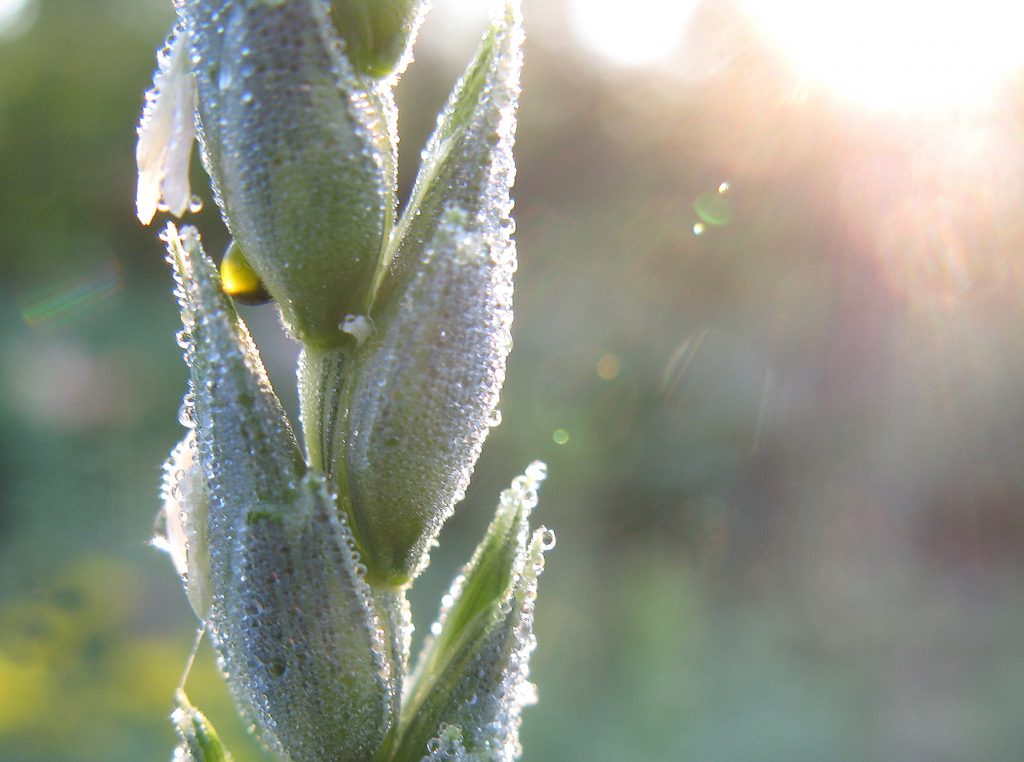
Toward a sustainable dietary revolution
Future-proofing the global food system requires bold steps. Policy and research need to support a double transformation, centered on nutrition and sustainability.
CGIAR works toward nutritional transformation of our food system through numerous global partnerships. We give high priority to improving cereal crop systems and food products, because of their crucial importance for a growing world population. Recognizing that this alone will not suffice for healthy diets, we also strongly promote greater dietary diversity through our research on various staple crops and production systems and by raising public awareness of more balanced and nutritious diets.
To help achieve a sustainability transformation, CGIAR researchers and partners have developed a wide array of techniques that use resources more efficiently, enhance the resilience of food production in the face of climate change and reduce greenhouse gas emissions, while achieving sustainable increases in crop yields. At the same time, we are generating new evidence on which techniques work best under what conditions to target the implementation of these solutions more effectively.
The ultimate impact of our work depends crucially on the growing resolve of developing countries to promote better diets and more sustainable food production through strong policies and programs. CGIAR is well prepared to help strengthen these measures through research for development, and we are confident that our work on cereals, with continued donor support, will have high relevance, generating a wealth of innovations that help drive the transformation of global food systems.
Martin Kropff is the Director General of the International Maize and Wheat Improvement Center (CIMMYT).
Matthew Morell is the Director General of the International Rice Research Institute (IRRI).
As the calendar turns to October 16, it is time to celebrate World Food Day. At the International Maize and Wheat Improvement Center (CIMMYT), we are bringing you a few facts you should know about maize and wheat, two of the world’s most important crops.
Subscribe to our email updates to stay in the loop about the latest research and news.
Wheat is eaten by 2.5 billion people in 89 countries. About 1 billion of them live on less than $1.90 a day and depend on wheat as their main food.
Maize is the preferred staple food for 900 million poor consumers and the most important food crop in sub-Saharan Africa.
According to 2017 figures, maize is grown on 197 million hectares. Wheat covers 218 million hectares, an area larger than France, Germany, Italy, Spain and the UK combined. The total annual harvest of these two crops amounts to about 1.9 billion tons of grain.
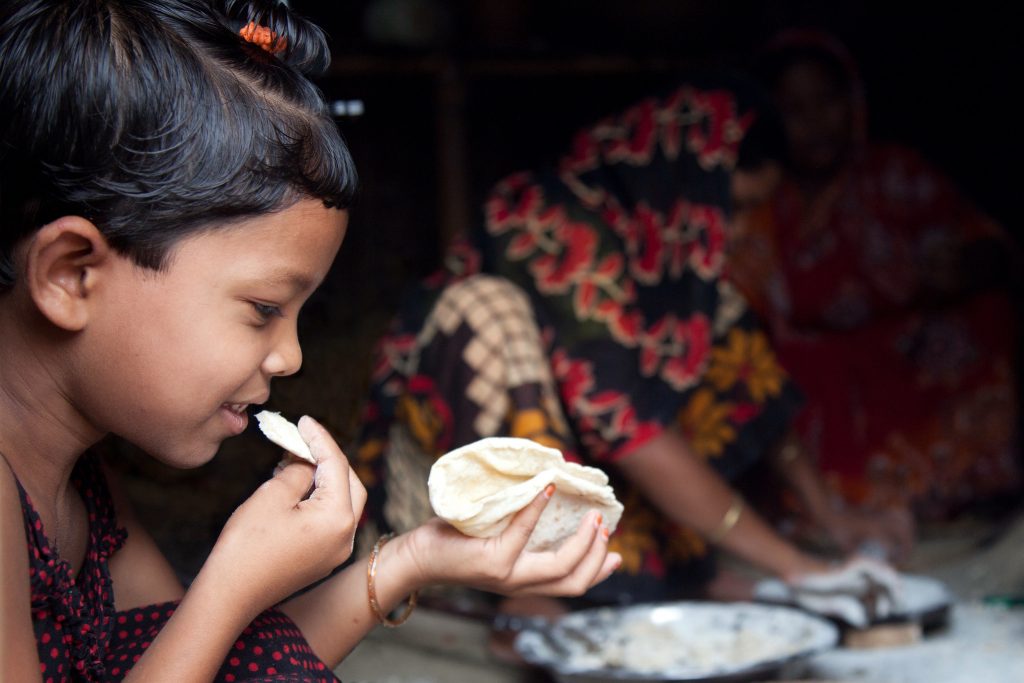
About 300,000 of the plant species on Earth could be eaten, but humans eat a mere 200 species globally.
Approximately 75% of the world’s food is generated from only 12 plants and 5 animal species. In fact, more than half of our plant-sourced protein and calories come from just three species: maize, rice and wheat.
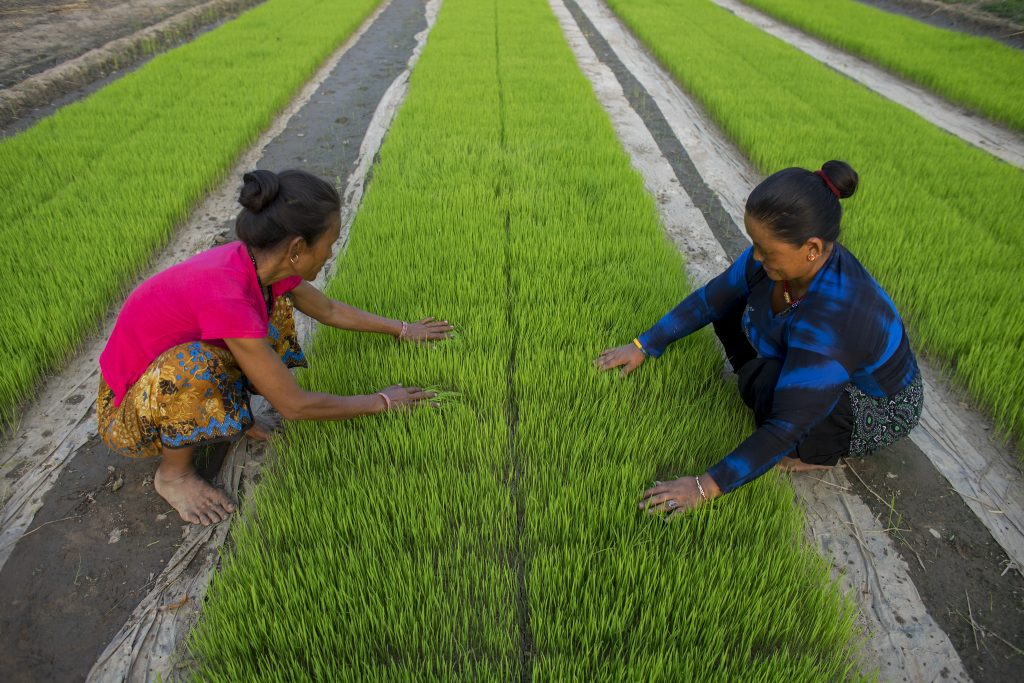
The organization’s germplasm bank, also known as a seed bank, is at the center of its crop-breeding research. This remarkable, living catalog of genetic diversity is comprised of over 28,000 unique seed collections of maize and 150,000 of wheat.
From its breeding programs, CIMMYT sends half a million seed packages to 800 partners in 100 countries each year. With researchers and farmers, the center also develops and promotes more productive and precise maize and wheat farming methods and tools that save money and resources such as soil, water, and fertilizer.
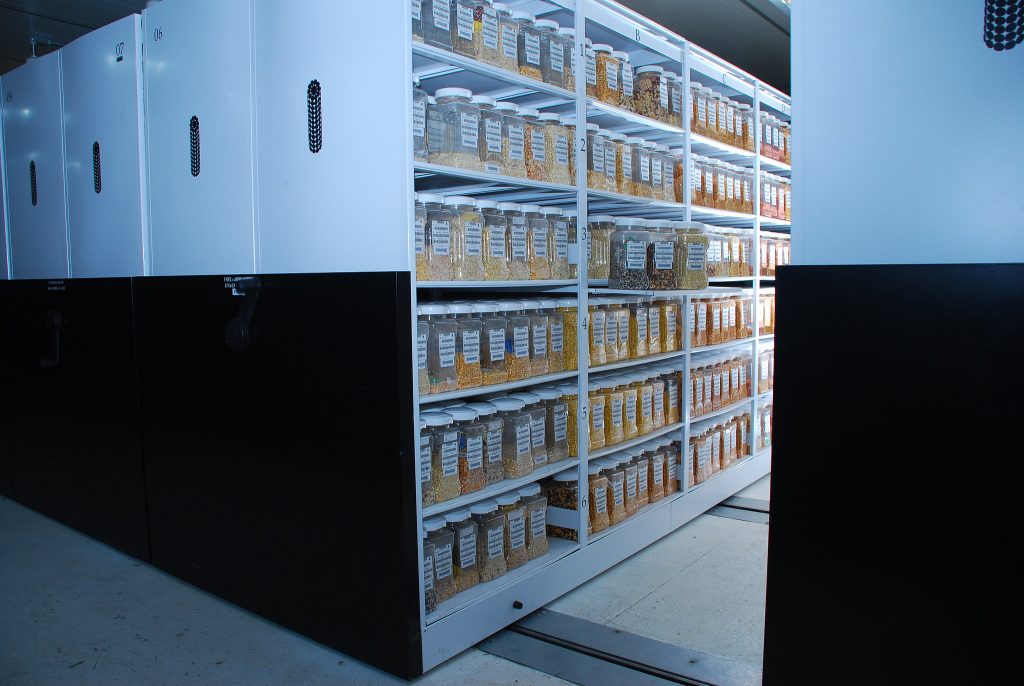
In 2010, agriculture accounted for about one-quarter of global greenhouse gas emissions.
High-yield and climate-resilient maize and wheat varieties, together with a more efficient use of resources, are a key component of the sustainable intensification of food production needed to transform the global food system.
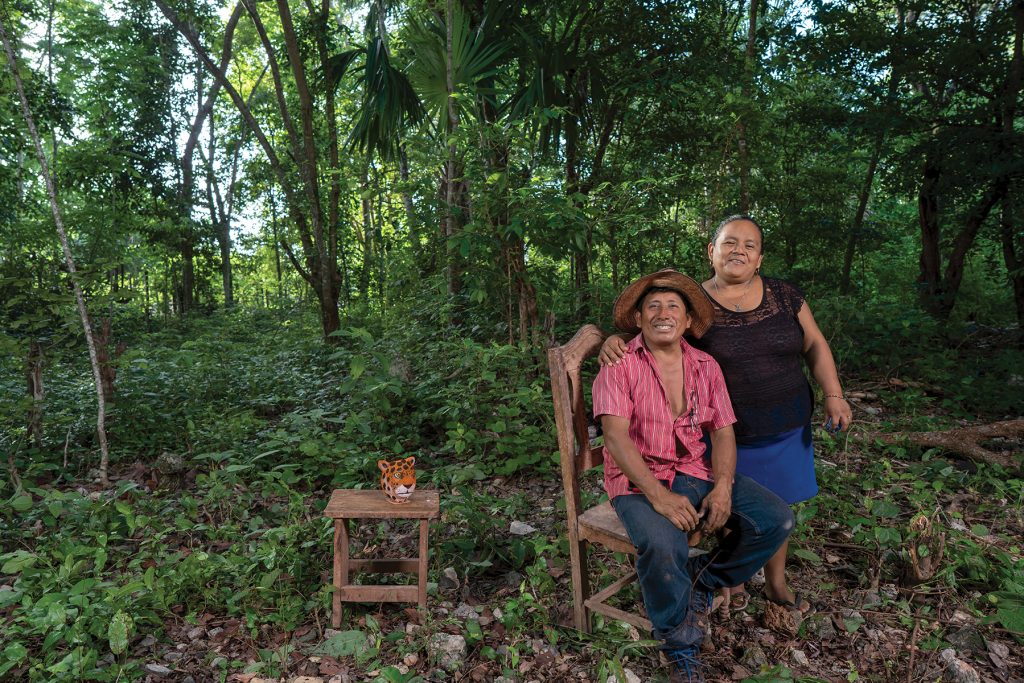
By the year 2050, there will be some 9.7 billion people living on Earth. To meet the growing demand from an increasing population and changing diets, maize yields must go up at least 18% and wheat yields 15% by 2030, despite hotter climates and more erratic precipitation.
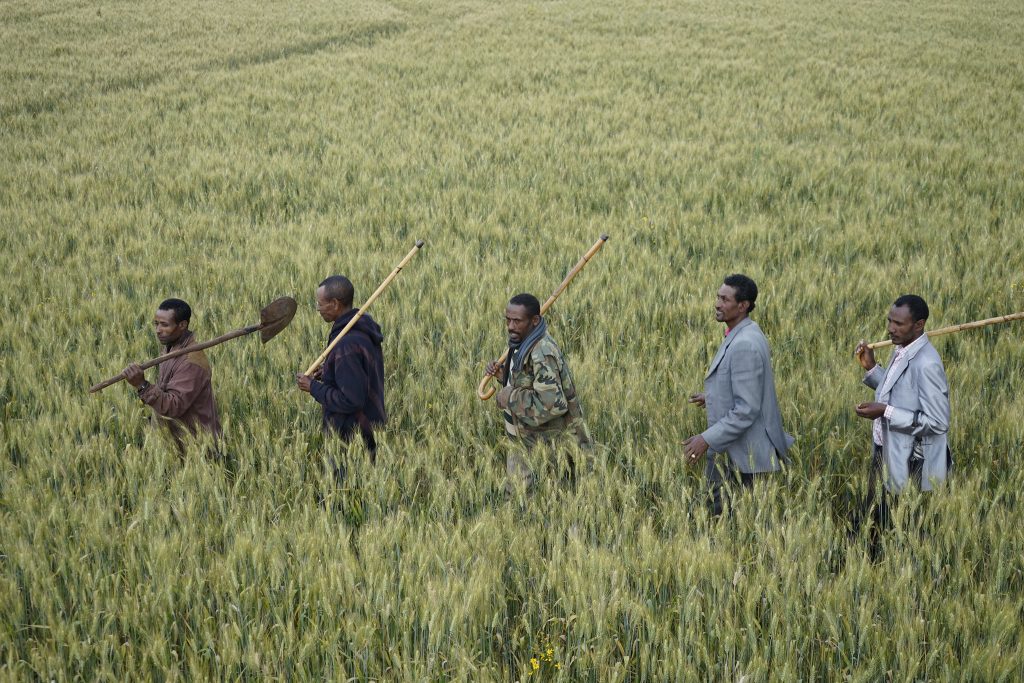
Decades of research and application by scientists, extension workers, machinery specialists, and farmers have perfected practices that conserve soil and water resources, improve yields under hotter and dryer conditions, and reduce the greenhouse gas emissions and pollution associated with maize and wheat farming in Africa, Asia, and Latin America.
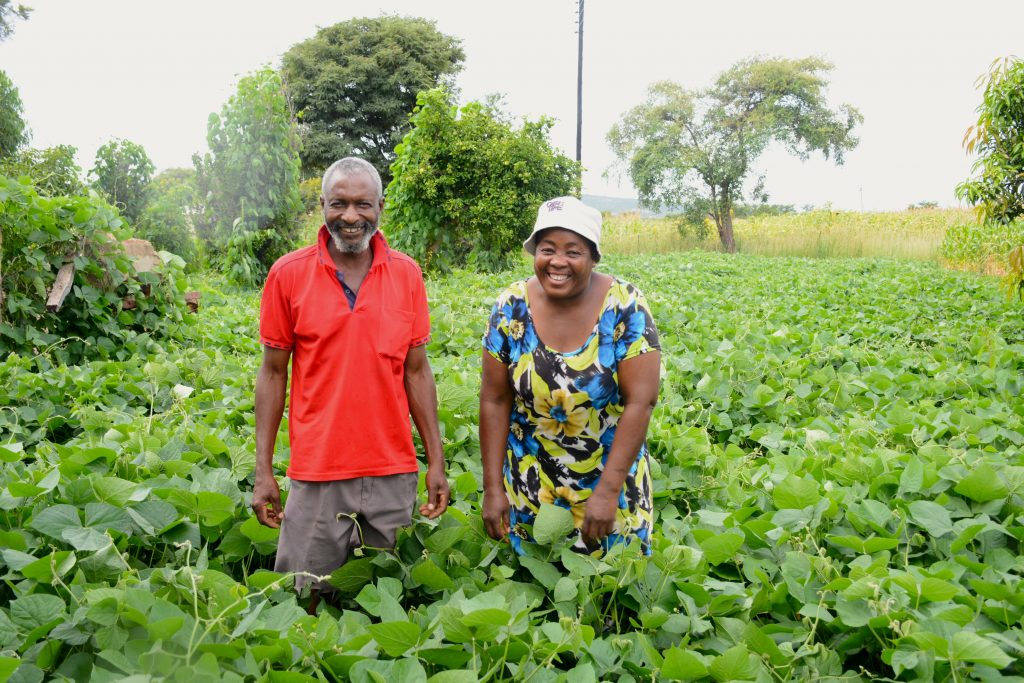
An exhaustive review of research on cereal grains and health has shown that eating whole grains, such as whole-wheat bread and other exceptional sources of dietary fiber, is beneficial for human health and associated with a reduced risk of cancer and other non-communicable diseases.
According to this study, consumption of whole grains is associated with a lower risk of coronary disease, diabetes, hypertension, obesity and overall mortality. Eating whole and refined grains is beneficial for brain health and associated with reduced risk for diverse types of cancer. Evidence also shows that, for the general population, gluten- or wheat-free diets are not inherently healthier and may actually put individuals at risk of dietary deficiencies.
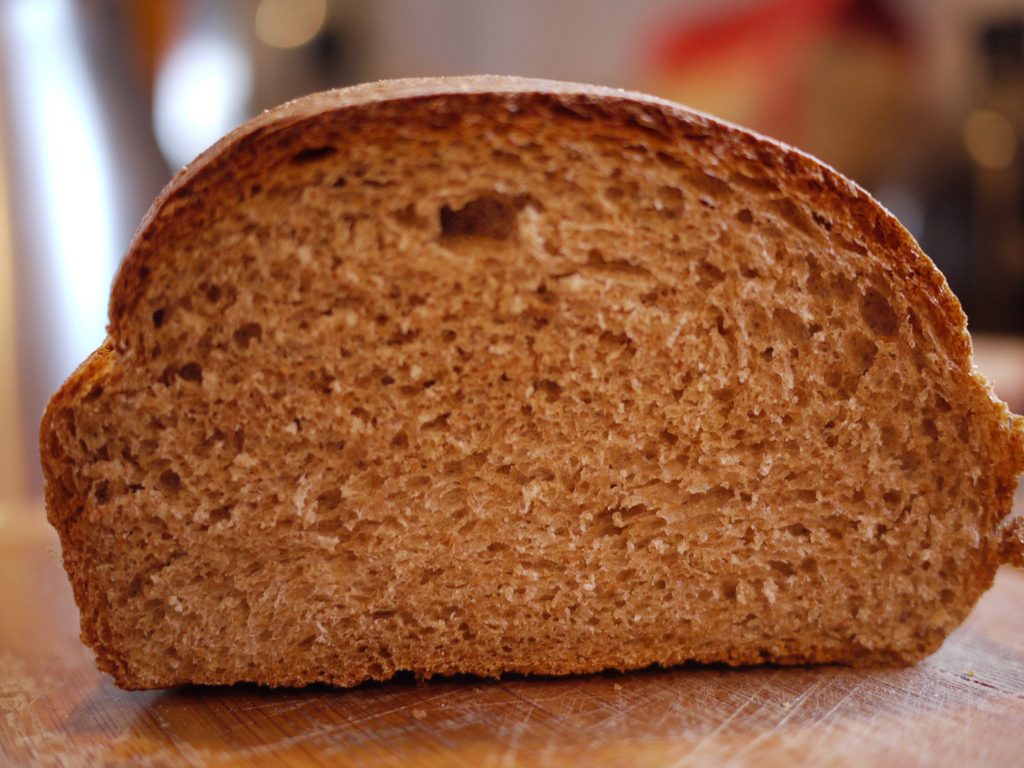
“Hidden hunger” is a lack of vitamins and minerals. More than 2 billion people worldwide are too poor to afford diverse diets and cannot obtain enough critical nutrients from their staple foods.
To help address this, CIMMYT — along with HarvestPlus and partners in 18 countries — is promoting more than 60 maize and wheat varieties whose grain contains more of the essential micronutrients zinc and provitamin A. These biofortified varieties are essential in the fight against “hidden hunger.”
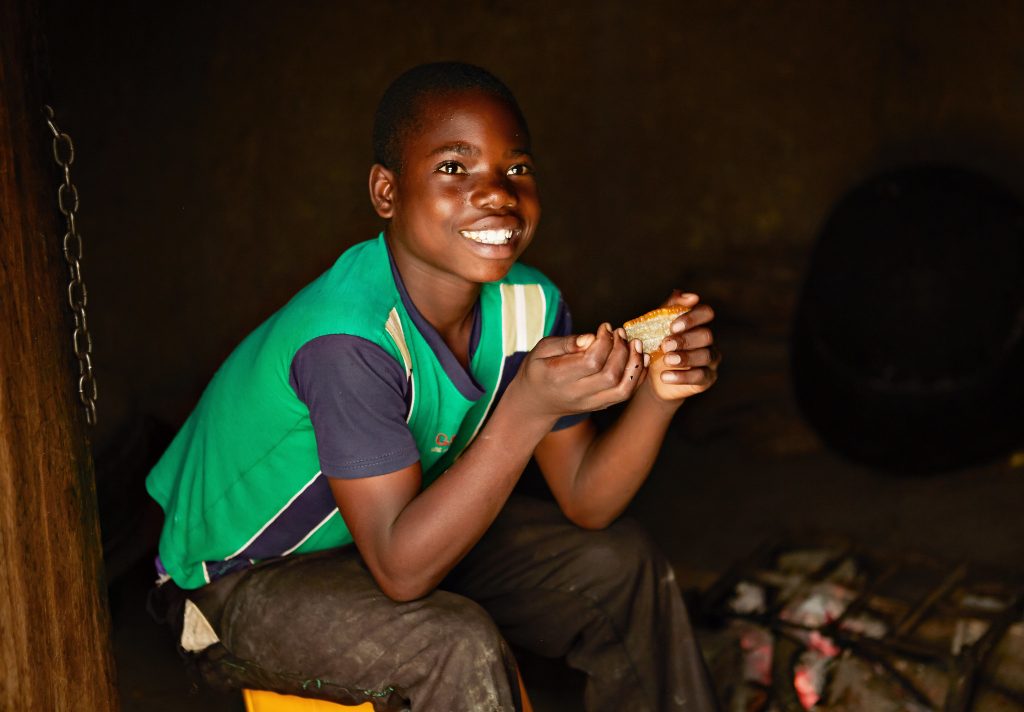
Drought-tolerant maize developed by CIMMYT and partners using conventional breeding provides at least 25% more grain than conventional varieties in dry conditions in sub-Saharan Africa — this represents as much as 1 ton per hectare more grain on average.
These varieties are now grown on nearly 2.5 million hectares, benefiting an estimated 6 million households or 53 million people.
One study shows that drought-tolerant maize varieties can provide farming families in Zimbabwe an extra 9 months of food at no additional cost.
Developed by CIMMYT during the 1970s and 1980s and honored by the 2000 World Food Prize, quality protein maize features enhanced levels of lysine and tryptophan, essential amino acids that can help reduce malnutrition in children whose diets rely heavily on maize.
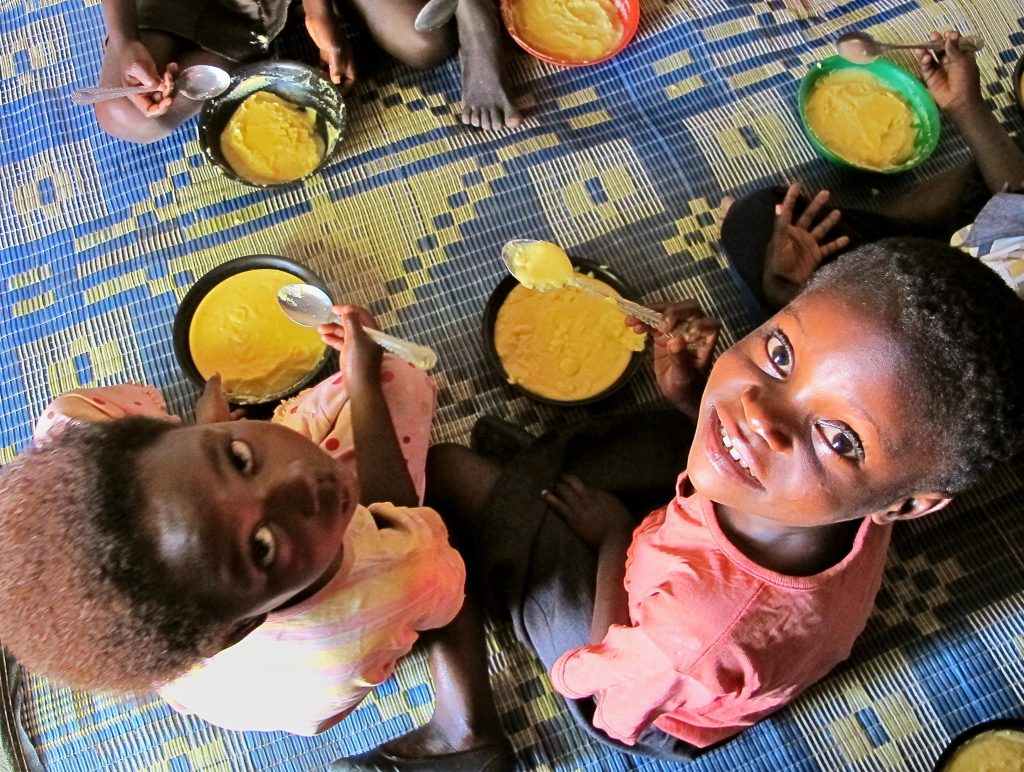
Did you enjoy this? Subscribe to our email updates to stay in the loop about the latest research and news related to maize and wheat agriculture.
Join us on this visual journey across Ethiopia, Kenya, Malawi and Zimbabwe, where you will meet farmers who demonstrate every day what it means to be RURAL: Resilient, United, Reaping benefits, Adopter and Learner.
These women have adopted climate-smart practices in their production systems to ensure optimal yields while learning about drought-tolerant varieties of maize to counter the harsh effects of dry spells, heat stress, pests and diseases. These rural women are exemplary leaders in their communities, as evidenced by their successful farming practices and the food and income they secure for their families.
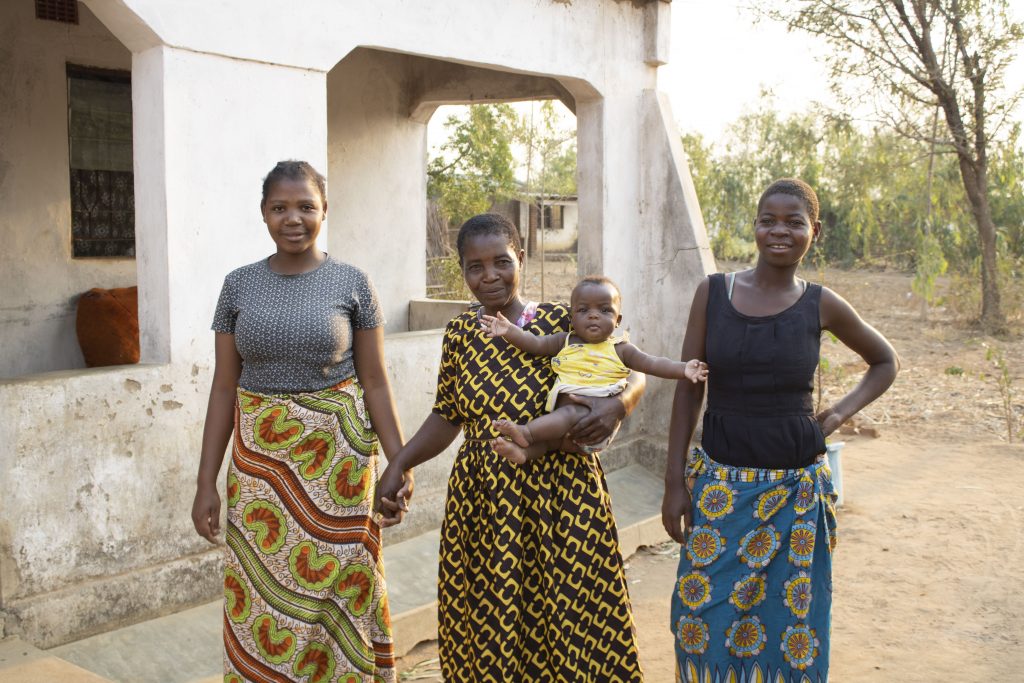
Farming families in southern Africa are confronted with the adverse effects of climate change, particularly in Malawi, Mozambique and Zimbabwe. A report by FEWS NET indicates negative impacts like declining yields, increase in grain prices during peak lean seasons and widespread food insecurity. However, Lughano Mwangonde from Malula, southern Malawi, has been practicing climate-smart agriculture since 2004 through a CIMMYT project, which has improved the food security of her family. In the midst of increasing climate variability, Lughano is cushioned against the harsh effects of droughts and heavy downpours through the practices she adopted. For example, she uses crop rotation of maize and legumes, like cowpea and pigeon pea.
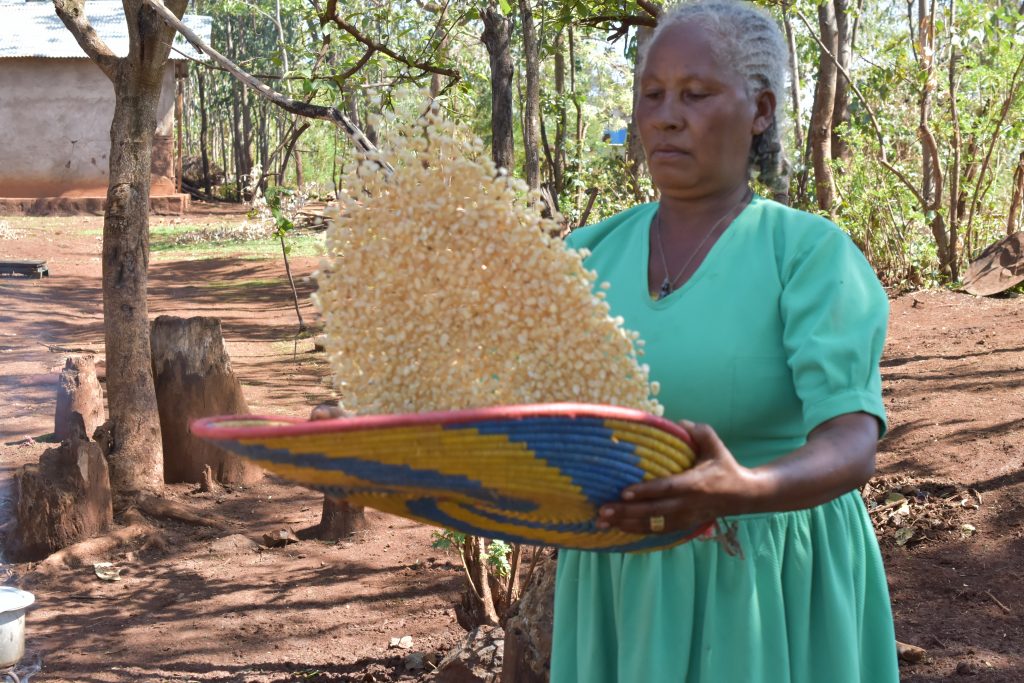
Climate change affects men and women differently. Rural women farmers tend to be more susceptible to drought and the additional labor associated with household tasks. As such, building resilience against climate change is critical. For Sequare Regassa, in Ethiopia’s Oromia region, this means shifting to drought-tolerant maize varieties such as BH661, which have better performance and increased yield, even under heat and other stress conditions.

Sequare Regassa is the family’s breadwinner, looking after her four children and working closely with her extended family on their 8-hectare farm in Ethiopia’s Oromia region. “Getting a good maize harvest every year, even when it does not rain much, is important for my family’s welfare,” she says. Although her children are now grown and living with their own families, the family farm unites them all in producing adequate grain to feed themselves. Read more about how Regassa and other farmers are weatherproofing their livelihoods.
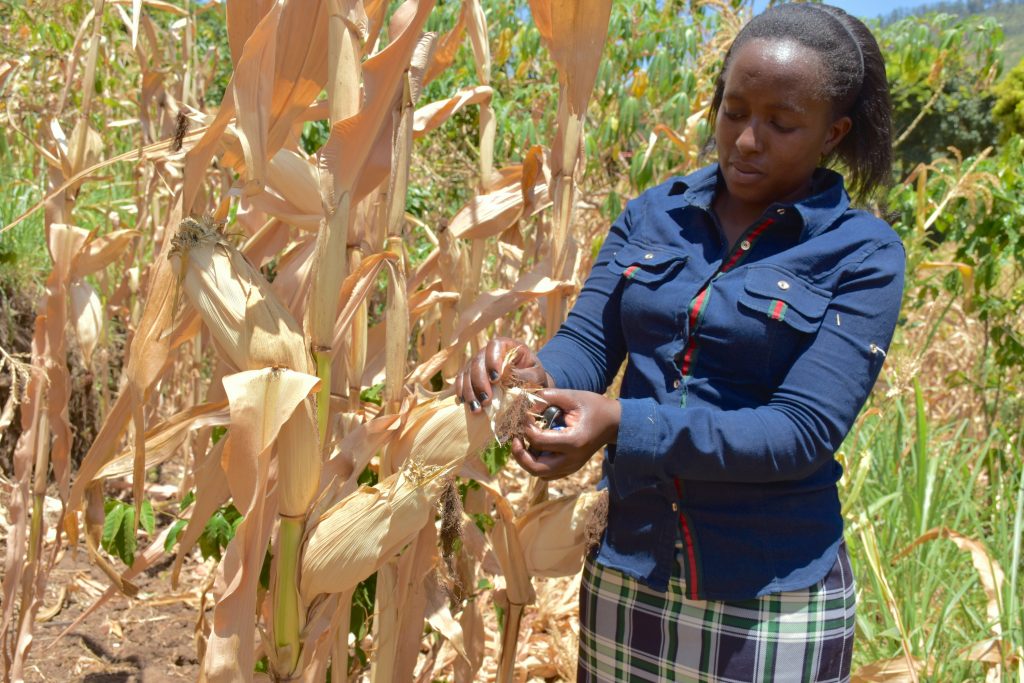
Rural women farmers are taking up improved drought-tolerant and high yielding varieties with early maturity thanks to participatory maize varietal selection. “If I am able to harvest in three and a half months or less, compared to four months or more for other varieties, I can sell some grain to neighbors still awaiting their harvest who want to feed their families,” says Tabitha Kamau. She is a smallholder farmer in Machakos County, Kenya, who plants drought-tolerant maize on her plot. Read about how farmers in her area are choosing the varieties that work best for them.
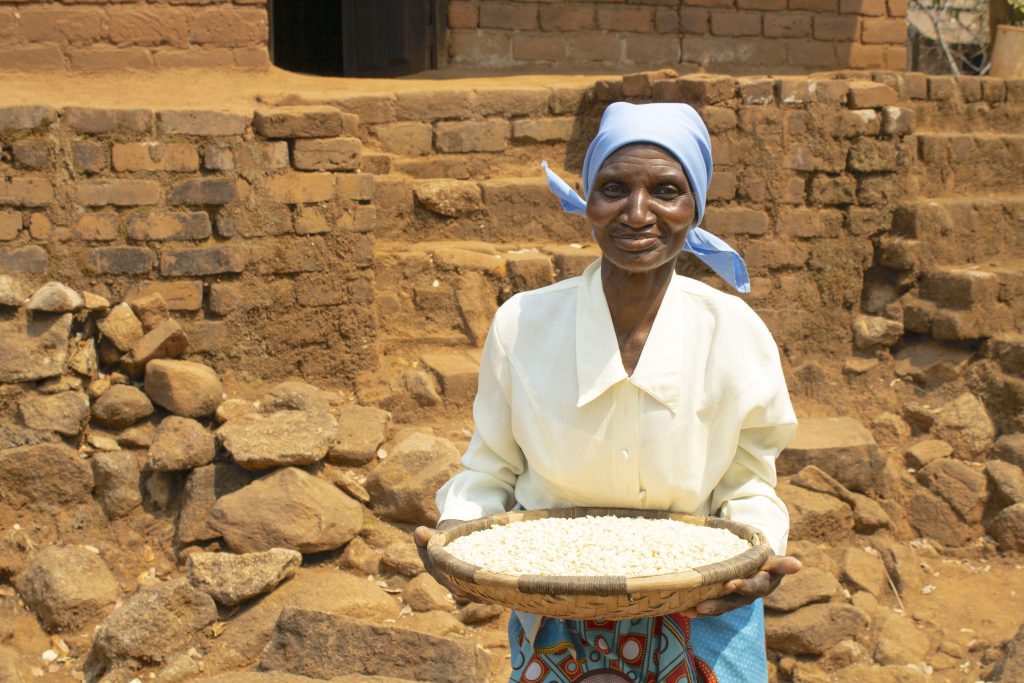
Rose Aufi explains how her family of seven children and three grandchildren are food-secure thanks to the climate-smart agriculture techniques she practices on her farm in Matandika, southern Malawi. She and her husband have obtained a good harvest since they started participating in a CIMMYT project and adopted climate-smart agricultural practices. Aufi says technologies such as mulching and crop rotation are there to simplify the workload in the field.
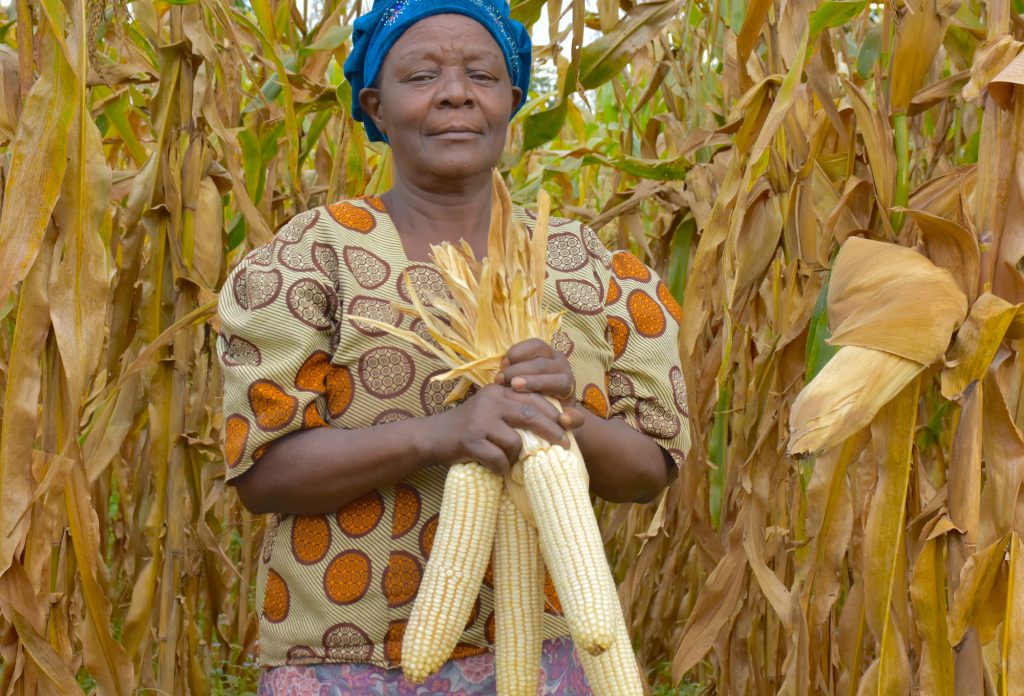
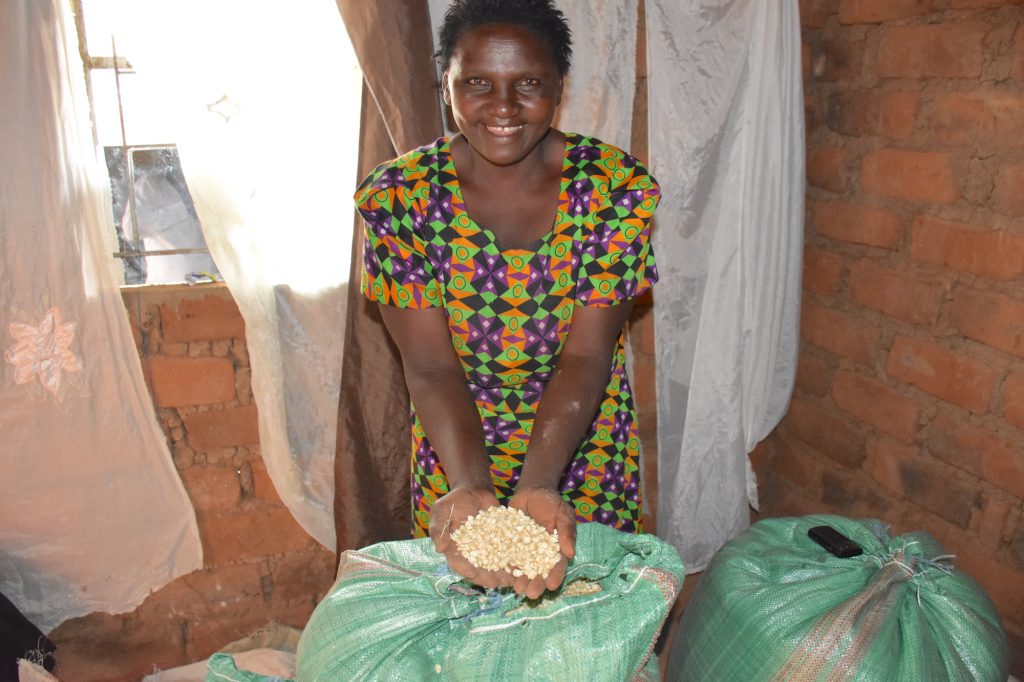
Dolly Muatha, a 49-year-old farmer with four children in Kenya’s Makueni County, has been growing SAWA drought-tolerant maize for three years. She has witnessed the performance of this variety in her demo plot. “It matures early and yields two to three beautiful cobs per plant” she says.
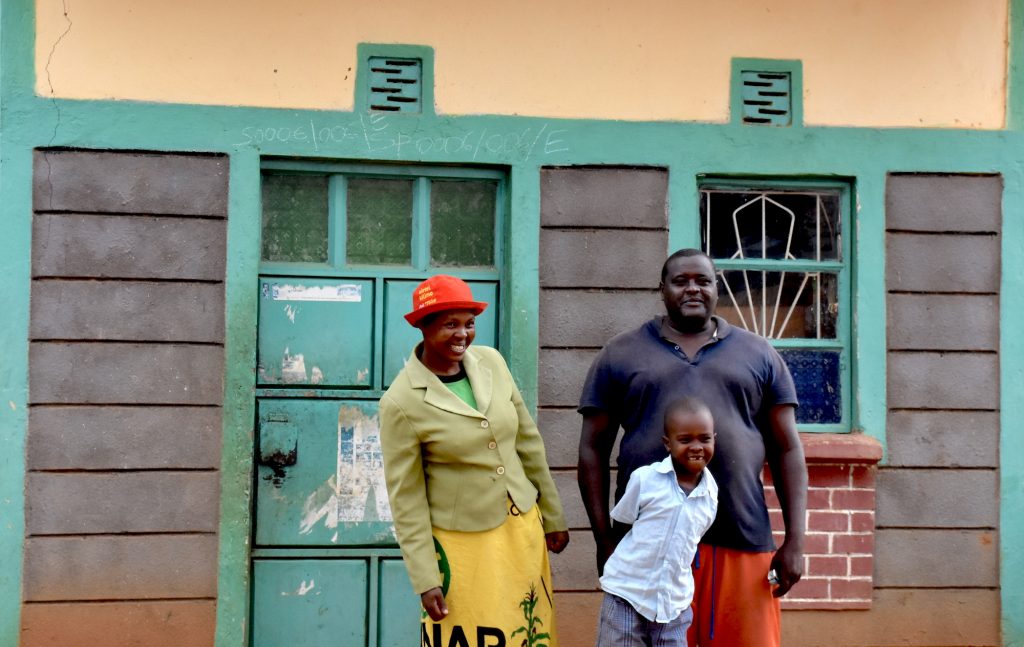
Ruth Kanini Somba adopted SAWA maize in 2017 after seeing a demonstration plot at Dolly Muatha’s farm. She points out that SAWA performs better than other varieties because of its early maturity and resistance to grey leaf spot and weevils. The drought-tolerant attribute of the SAWA maize also makes the maize crop cope well when rainfall is erratic.
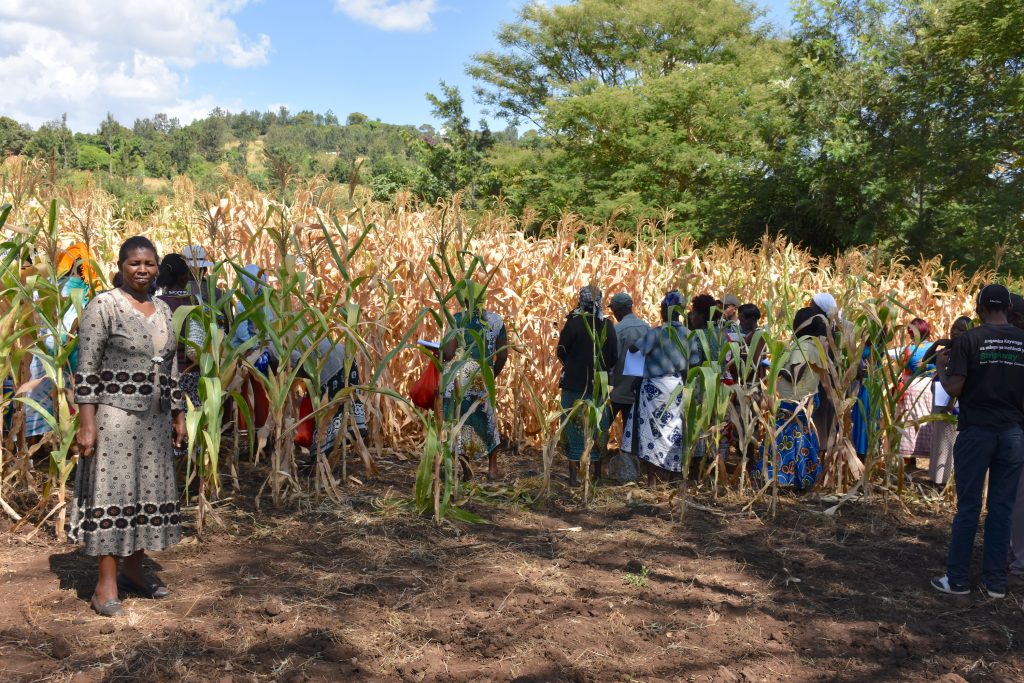
Improved agricultural techniques, such as optimum spacing, enables farmers such as Agnes Nthambi to get better crops. This farmer from Kenya’s Machakos County hosted a demonstration plot she and other farmers in her area were able to learn new growing techniques. “On this trial, I learned that spacing was about two times shorter than we are generally used to. Even with the more constricted spacing, the maize has performed much better than what we are used to seeing,” Nthambi explained.

Latin America is the birthplace of maize and home to much of its genetic diversity. Maize is a main staple food across the continent and plays an important role in local culture and gastronomy. However, maize faces many challenges, from climate change related stresses such as drought and heat to emerging pests and diseases. Maize experts, as well as scientists from other key crops, from around the world came together to discuss these challenges and how to solve them at the 23rd Latin American Maize Reunion and 4th Seed Congress, held October 7-10 in Monteria, Colombia.
The reunion began with a welcome address from Luis Narro, a senior maize scientist with the International Maize and Wheat Improvement Center (CIMMYT). Narro thanked participants for coming from throughout the region and discussed the history of the event. “Why are we here today? Because maize is one of the most important crops of this century. This should be both a challenge and incentive for us to continue our work with maize, as it is a crop with huge demand,” he said.
In the inaugural session, Deyanira Barrero, general manager of the Colombian Agricultural Institute (ICA) and Jorge E. Bedoya, president of the Society of Colombian Farmers, highlighted the importance of seeds and strategies to ensure the quality and future of Colombia and Latin America’s agri-food systems.
The event was organized by the Colombian Corporation for Agricultural Research (Agrosavia), the Colombian Seed and Biotechnology Association (Acosemillas), the National Federation of Cereal and Legume Growers (Fenalce), the Latin American maize network, and the International Maize and Wheat Improvement Center (CIMMYT). Four CIMMYT scientists presented at the reunion, sharing their experience with and perspectives on agronomy, seed systems, native maize and strategies to increase resilience to climate change.
Nele Verhulst, senior scientist at CIMMYT, presented on the development of management practices for conservation agriculture as well as post-harvest technologies in Latin America, particularly Mexico and Central America. She emphasized the importance of crop management in maize so that improved seeds can reach their maximum potential in terms of yield and profitability. The seed systems lead for Africa and Latin America with CIMMYT’s Global Maize Program, Arturo Silva, shared his experience in these regions strengthening maize seed systems and working to accelerate variety replacement with newer, better seeds. Terry Molnar, maize breeder at the Center, studies native maize varieties to identify characteristics such as disease resistance that can be used to develop improved maize varieties for smallholder farmers. Kai Sonder, head of CIMMYT’s Geographic Information System (GIS) unit, presented on the potential impact of climate change on global and regional maize production.
The reunion closed with the award session for the winners of the MAIZE Youth Innovators Awards 2019 – Latin America. The awards, an initiative of the CGIAR Research Program on Maize (MAIZE), seek to recognize the contributions of young women and men who are implementing innovations in Latin American maize-based agri-food systems.
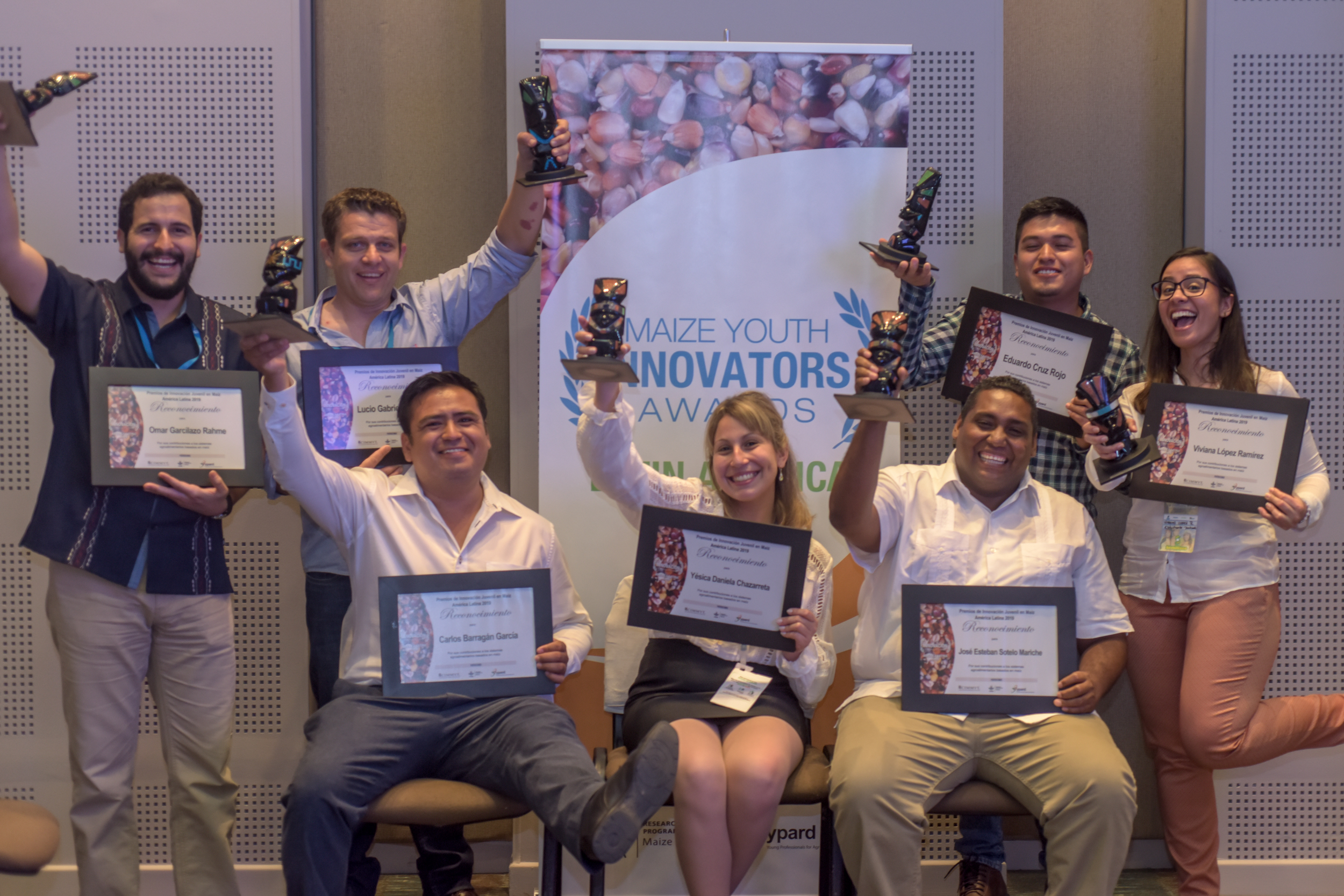
Eduardo Cruz Rojo, Mexico, won in the “Farmer” category for his work using biological control agents to protect maize from fall armyworm. Carlos Barragán and José Esteban Sotelo Mariche, both from Mexico, won in the category of “Change Agent” for their work helping farmers increase their maize yields through inter-cropping and for helping farmers better commercialize their native maize, respectively. In the “Researcher” category, Yésica Chazarreta, from Argentina, won for her research on the effect of maize planting dates on grain filling and drying. Omar Garcilazo Rahme of Mexico was recognized for his work helping farmers grow high-value edible maize fungus in traditional maize production systems. Viviana López Ramírez of Colombia won for her work on bacteriosis in maize, and Lucio Reinoso of Argentina for his contribution to the development of a maize seeder that helps farmers adopt conservation agriculture techniques. In a video message, B.M. Prasanna, director of the CIMMYT global maize program and the CGIAR Research Program on Maize (MAIZE), congratulated the young winners and expressed his hopes that they would inspire other young people to get involved in maize based systems. This was the first time the awards were held in Latin America, following Asia in 2018 and Africa in spring of 2019.
Two additional awards were given at the close of the reunion, one to Alberto Chassiagne, maize seeds systems specialist for Latin America at CIMMYT, who received first place in the scientific poster competition at the reunion for his work “Proposed model to generate seed production technology for maize hybrids”. Another award went to Luis Narro for his contributions to maize in Latin America throughout his career.
The conference was followed by a field day held October 10 at the Agrosavia Turipaná Research Center in Cereté, Colombia. The field day began with a speech by Colombia’s Minister of Agriculture and Rural Development, Andrés Valencia, who discussed the importance of agriculture to his country’s economy as well as plans to increase maize production to decrease reliance on imports. This announcement follows the launch of Maize for Colombia, a strategic plan to help improve maize production in the country while increasing sustainability.
The CGIAR Research Program on Maize (MAIZE) is pleased to announce the winners of the 2019 MAIZE Youth Innovators Awards – Latin America. These awards recognize the contributions of young women and men under 35 who are implementing innovations in Latin American maize-based agri-food systems, including research for development, seed systems, agribusiness, and sustainable intensification.
The winners will attend the 23rd Latin American Maize Reunion (XXIII Reunión Latinoamericana del Maíz) in Monteria, Colombia, where they will receive their awards and present their work. Award recipients may also get the opportunity to collaborate with MAIZE and its partner scientists in Latin America on implementing or furthering their innovations.
This is the third instalment of the awards, following Asia in October 2018 and Africa in May 2019.
Congratulations to this year’s winners, seven exceptional young people working in Latin American maize-based systems:
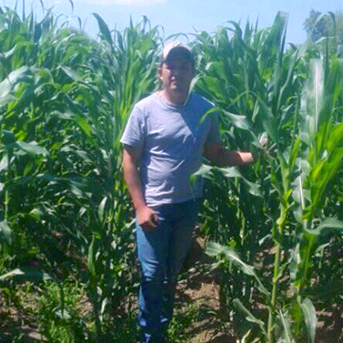
Eduardo Cruz Rojo (Mexico) – Farmer category
Eduardo Cruz Rojo is a young agricultural entrepreneur, worried about rural out-migration in his region and about the poor agricultural practices that have led farming to cease to be profitable. He has a degree in logistics, and is originally from Alfajayucan, in Mexico’s state of Hidalgo. For the past four years he has been working on maize research and production, with a focus on improved agronomic practices that help farmers increase their yields. This includes soil improvement, organic fertilizers, earthworm compost and biological pest control. Through research and testing, he has shown smallholder farmers the cost-benefit of improved agricultural practices. This has been reflected in local farmers achieving improved soils and yields in an environmentally friendly manner.
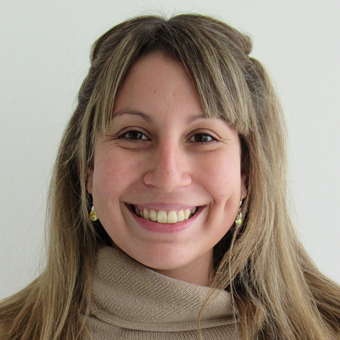
Yésica Chazarreta (Argentina) – Researcher category
Yésica Chazarreta has a degree in genetics and is currently a doctoral fellow at the Scientific and Technologic Fund, working with the Crop Ecophysiology group at the National Agricultural Technology Institute (INTA) Pergamino in Buenos Aires, Argentina. Her work centers on understanding the genetic and environmental control of the physiological determinants of filling, drying and quality of maize grains in genotypes destined for grain or silage. The objective is to generate knowledge to continue advancing in maize production improvement and to open the possibility of establishing improvement programs differentiated by planting times for her region, as well as to provide valuable information for the creation of mechanistic models to predict the evolution of humidity in maize grains. This information can help farmers make more informed decisions about the best time to harvest. In addition, Chazarreta hopes to deepen understanding of maize biomass quality for animal feed, a practice that has increased in her native country, Argentina, due to changes in crop management practices related to delays in planting dates.
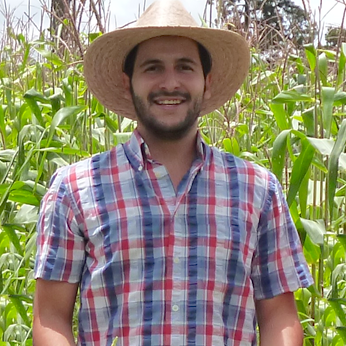
Omar Garcilazo Rahme (Mexico) – Researcher category
Omar Garcilazo Rahme is a postgraduate student researching sustainable management of agro-ecosystems at the Meritorious Autonomous University of Puebla (BUAP).
A food engineer by training, he has a profound interest in Mexico’s bio-cultural heritage and maize as a staple food in his native country, as well as the various methods to produce and conserve the crop. His research project seeks to improve the economic, nutritious and sociocultural benefits associated with the production of maize.
He is currently collaborating in a technology transfer and innovation agency on the topics of nutritional labeling, big data and applied technology solutions for the agri-food industry.
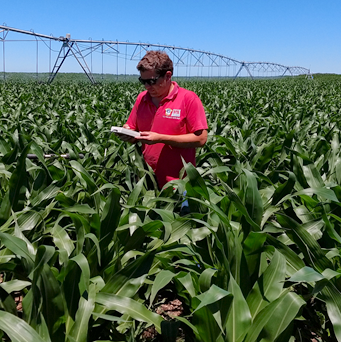
Lucio Reinoso (Argentina) – Researcher category
Lucio Reinoso is an agronomist with a master’s degree in agricultural sciences from the National Southern University, Argentina. He has worked as a professor at the National University of Rio Negro since 2019. Reinoso was a fellow and researcher for 12 years at the National Institute for Agricultural Technology (INTA).
He works on sustainable models of maize production under irrigation in the irrigated valleys of Northern Patagonia, Argentina. Reinoso is specifically investigating the adaptation of maize to the soil and climatic conditions of the region, highlighting the water and nutritional needs to maximize production while also caring for the environment.
He works with local farmers to adapt no-till farming to scale and adjust irrigation management to improve water use efficiency while preserving the physical, chemical and biological characteristics of soil, increasing resilience.
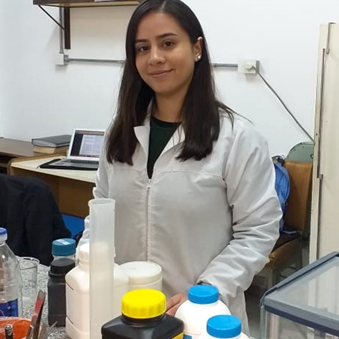
Viviana López Ramírez (Colombia) – Researcher category
Viviana López Ramírez is a biological engineer with a master’s degree in environmental studies from the National University of Colombia in Medellin.
She is currently a doctoral student in biological sciences at the National University in Río Cuarto, Argentina, studying the application of bacteriocins for the biological control of phytopathogens.
This work on bacteriosis in maize is conducted by a multidisciplinary team and focuses on the identification of pathogenic bacteria isolated from a diverse maize population.
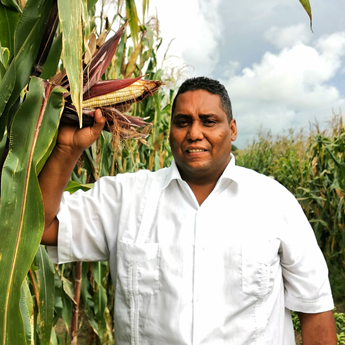
José Esteban Sotelo Mariche (Mexico) – Change Agent category
José Esteban Sotelo Mariche is an agronomist from the coastal region of Oaxaca, Mexico. He studied at Chapingo Autonomous University and is certified in rural development and food security.
Since 2012 he has offered capacity building to smallholder maize farmers in his region. In 2014 he formed Integradora Agroempresarial del Rio Verde to promote the production and commercialization of agricultural products. The group now has 80 members, including indigenous and Afro-Mexican farmers. In 2016 he began working with tortilla company Masienda to help local farmers export native maize to gourmet restaurants in the United States.
Most recently he has worked on the integration of the Center for Rural Technology Transfer and Validation (Centro de Validación y Transferencia de Tecnología Rural) to evaluate conservation agriculture systems, efficient water use and agroforestry. This space also serves to provide training activities and technical assistance to local farmers.
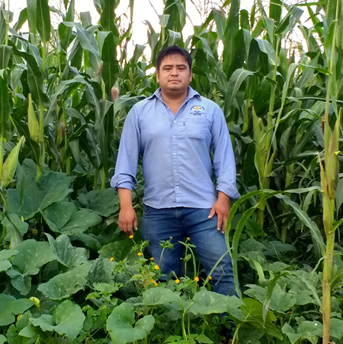
Carlos Barragan (Mexico) – Change Agent category
Carlos Barragan has a degree in agroecological engineering from Chapingo Autonomous University.
He collaborates with the MasAgro project in Mexico’s state of Oaxaca, helping to adapt small-scale production systems to climate change.
He also contributes to work on soil fertility as well as inclusive business models for smallholder farmers working in agri-food value chains.
Mexican and international researchers have joined with farmers and specialists from Jala, a scenic valley near the Pacific Coast of Mexico’s state of Nayarit, in a critical strategy to save and study an endangered, legendary maize race whose ears once grew longer than a man’s forearm.
Specialists from the International Maize and Wheat Improvement Center (CIMMYT) are analyzing the race’s genetic diversity, in hopes of preserving its qualities and, in concert with Jala farmers, safeguarding its future and merits.
Efforts include a new maize festival that reprises a yearly contest begun in 1981 to honor the community’s largest maize ear, but the outsize Jala maize race faces myriad hurdles to survive, according to Carolina Camacho, CIMMYT socioeconomics researcher and festival collaborator.
“The Jala maize landrace is unsuited to mechanization due to its size and agronomic requirements,” said Camacho. “It must be sown by hand and, because the plant can grow to several meters or taller, the ears must be harvested on horseback.”
Jala maize is also losing out to more competitive and profitable improved varieties, Camacho added. It is prized locally for its floury texture, but many farmers favor varieties more suited to milling and which yield more husks — in high demand as tamale wraps — as well as fodder and feed. The floury texture also means the grain is less dense and so fetches a lower price on external markets, where grain is sold by weight.
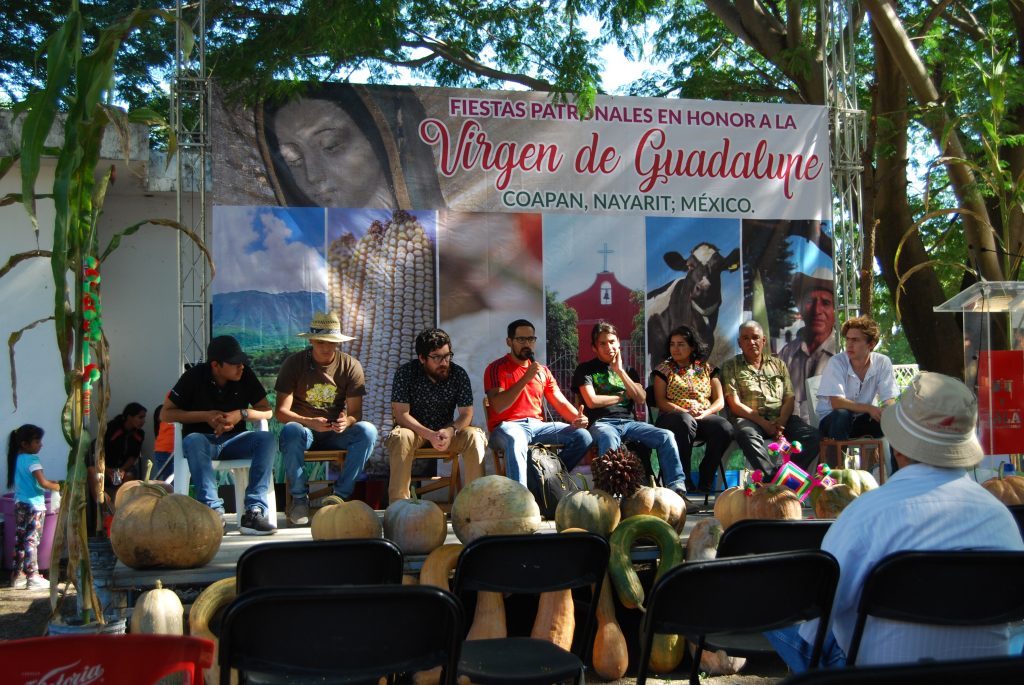
A fair fight for preservation
The most recent “Feria de la Mazorca del Maíz Nativo,” or Landrace Maize Ear Festival, was held in December 2018. Under the boughs of a giant guanacaste tree in the town square of Coapan, Jala Valley, children, elders, cooks and dancers celebrated maize and its associated traditions. The festival culminated in the contest for the largest maize ear, with the winning farmer’s submission measuring nearly 38 centimeters in length.
The competition typically takes place in August as part of Jala’s two-week “Feria del Elote,” or green ear festival, first established to foster the appreciation and preservation of the native maize.
CIMMYT scientists helped the community set up a local genebank to store Jala landrace seed, according to Denise Costich, head of the CIMMYT maize germplasm bank and festival collaborator.
“This enhances the community’s role as custodians of landrace diversity and their access to the seed,” said Costich, adding that Jala seed from as far back as the early 1980s forms part of CIMMYT’s maize collections, which comprise 28,000 unique samples.
Under CIMMYT’s Seeds of Discovery project, scientists are analyzing the remaining genetic potential in the Jala maize population, particularly to understand the extent and effects of both inbreeding and outcrossing.
On the one hand, Costich said, Jala’s unique genetic pedigree appears to be diluted from mixing with other varieties in the valley whose pollen lands on Jala silks. At the same time, she worries about possible inbreeding in some small and isolated valley pockets where Jala is grown.
Finally, the yearly contest, for which maize ears are harvested in the green stage before maturity, precludes use of the grain as seed and so may also remove inheritable potential for large ears from the local maize gene pool.
Farewell to small-scale farmers?
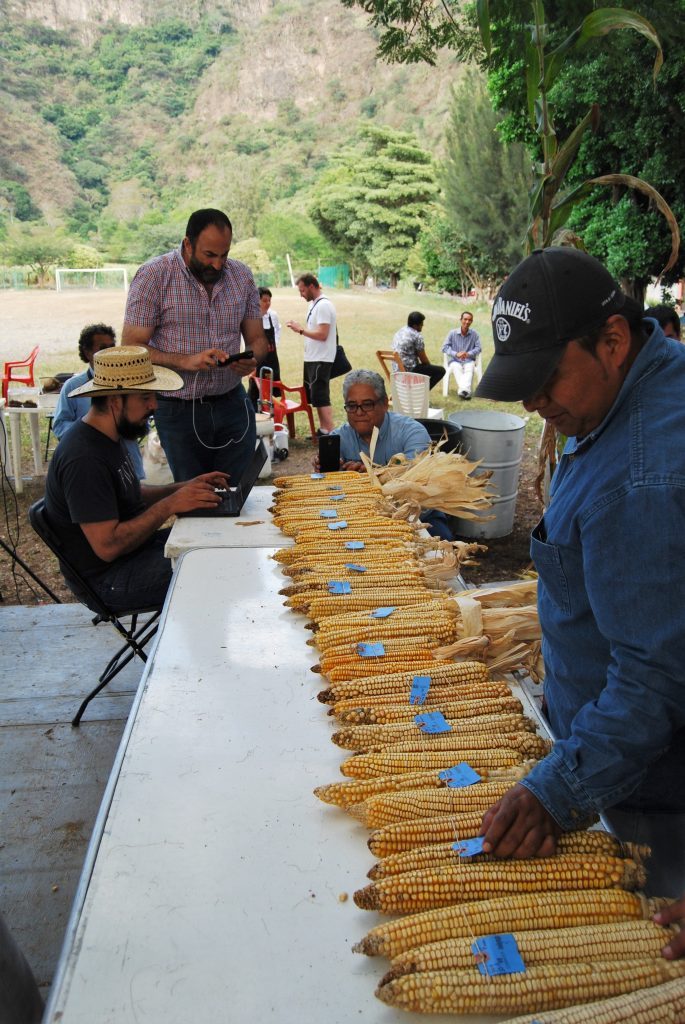
Whatever the causes, Jala maize isn’t what it used to be. In 1924, a visiting scientist observed maize plants over 6 meters in height and with ears more than 60 centimeters long — far longer than today’s samples.
One grave challenge to the landrace’s continued existence is the steady disappearance of older farmers who grow it. As throughout rural Mexico, many youths are leaving farm communities like Jala in search of better opportunities and livelihoods in cities.
Camacho believes the festival and contest encourage farmers to continue growing Jala maize but cannot alone ensure the landrace’s preservation.
“The solutions need to encompass all aspects of Jala maize and be supported by the entire community, particularly young people,” said Camacho.
The festival in Coapan included a panel discussion with local youths, among them graduate students from the Autonomous University of Nayarit.
“The panelists highlighted the lack of opportunities in rural areas and the need for an economically secure future; things that Jala maize doesn’t offer,” Camacho said.
The festival is a collaboration among Costich, Camacho, Victor Vidal of INIFAP-Nayarit, and local partners including Gilberto González, Ricardo Cambero, Alondra Maldonado, Ismael Elías, Renato Olmedo (CIMMYT), and Miguel González Lomelí.
Growing up on a rainfed farm in India, P.H. Zaidi learned how smallholder family farmers adapted their farming practices to meet weather challenges, such as dry spells or excessive rain. For the most part, small changes to their crop selection and timing of field operations maintained a wholesome harvest.
As time passed Zaidi witnessed farmers in his hometown and beyond struggling against increasingly extreme and erratic weather events. The Asian tropics have now become hotspots for climate change effects and associated variabilities, said the maize physiologist who works with the Global Maize Program of the International Maize and Wheat Improvement Center (CIMMYT), based in Hyderabad.
“Rainfed farmers produce most of the food for people in Asia, but without sufficient supplemental irrigation systems they are heavily dependent on monsoon rains,” Zaidi said. “Climate variability can be devastating for family farmers who are unable to foresee erratic changes in weather patterns.”
“An extreme weather event can negatively affect household food security and income, which in turn results in a deterioration of capacity to deal with future shocks,” he explained.
Nearly half a billion people in Asia lack access to nourishing food. The Food and Agriculture Organization of the United Nations (FAO) finds climate change-related disasters and a lack of clean water are the main causes of persistent hunger in the region.
Zaidi believes farmers are born innovators and, with the right tools and know-how, they can ensure a healthy harvest despite year-to-year climate variability. He has dedicated his lifework to researching new agricultural technologies that help resource-poor farmers to protect their food and income security.
Stable harvests despite climate change
After getting an undergraduate degree in agricultural science, Zaidi obtained his doctorate at the University of Agriculture Science & Technology in Faizabad, India. He studied how maize physiology interacts with physical stresses, such as severe heat, drought, and excessive moisture. Maize has become an important part of Asian cropping systems, with several countries recording impressive growth rates in maize production and productivity. However, increasing demands — food, feed, and industry — and climate challenges highlight the need for international agricultural research.
In 2002, Zaidi worked as a post-doctoral fellow at CIMMYT in Mexico, where he was mentored by maize abiotic stress experts. He took those research approaches and strategies for breeding stress-resilient maize varieties back home. Working with the Indian government’s maize program, he contributed to developing high-yielding stress-resilient maize for resource-poor maize farmers living in vulnerable agro-ecologies.
With a wealth of knowledge and experience in agricultural systems in Asia, he was employed by CIMMYT as maize physiologist and breeder in 2007. He worked to develop, deploy and scale-out hardy maize varieties that increase yield potential and reduce risk, ensuring a stable harvest despite climate variability. He also developed and standardized screening phenotyping techniques and selection criteria to identify maize germplasm tolerant to stresses including heat, drought and water-logging.
“Through effective collaboration and training, national governments, private seed companies and NGOs are using the varieties with resilient traits in their breeding programs to ensure hardy varieties reach farmers throughout the region,” Zaidi noted.
From 2015 to 2018, a total of 68 such high-yielding stress-resilient maize hybrids were licensed to seed partners in the region, he explained. These partners took them forward for large-scale farmer participatory testing in their respective target ecologies. After extensive testing through the national system, nine stress-resilient maize hybrids have already been released and are being deployed in various countries in Asia. Others will be released soon.
Zaidi has received several awards for his contributions to maize research, including CIMMYT’s Outstanding Scientist Award in 2009.
The International Maize and Wheat Improvement Center (CIMMYT) organized its first ever Maize Product Profile-based Breeding and Varietal Turnover workshop for eastern Africa in Nairobi, on August 29 and 30, 2019. The workshop, funded by USAID, was attended by maize breeders from national research institutes in Kenya, Uganda, Tanzania, Rwanda, Ethiopia and South Sudan, and by several partner seed companies including Seedco, Kenya Seeds, Western Seeds, Naseco and Meru Agro.
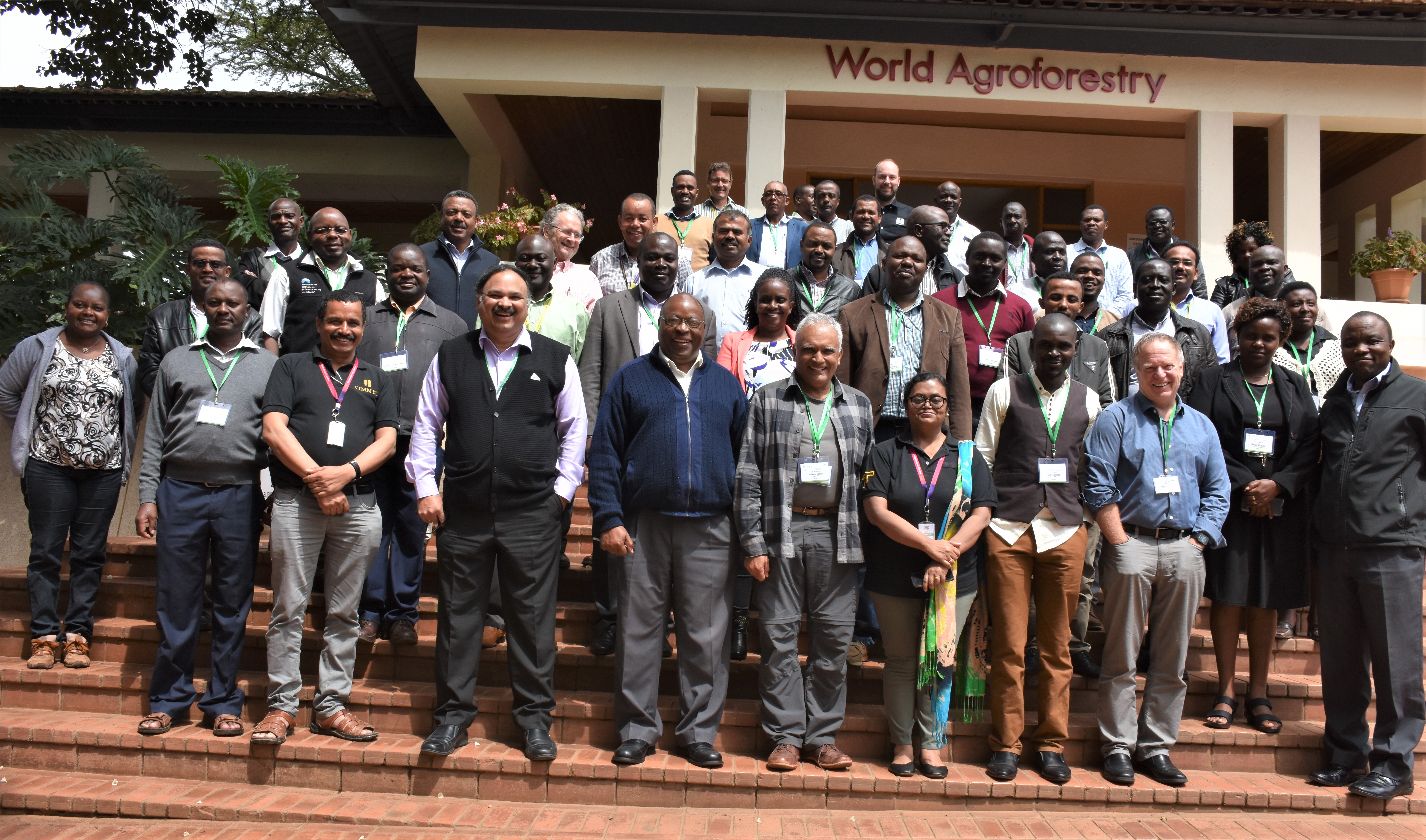
A product profile is defined as a list of “must-have” maize characteristics or traits that are the unique selling points for the target beneficiaries who are looking for these qualities. The breeders also consider additional traits in their breeding strategy, “value-added” or desirable traits that could be future unique selling points.
“A product profile is not a secret sauce” nor a checkbox to tick, explained Georges Kotch, a renowned expert in the seed industry and lead for Module 1 of the Excellence in Breeding (EiB) platform on product profiling. A product profile is a blueprint to help maize breeding programs ensure their new varieties released respond to a true need with a clear comparative advantage for seed companies and ultimately for maize farmers. This demand-driven process “starts with the end in mind” by understanding what the customers want. The end goal is to replace leading old varieties on the market with better ones that will improve farmers’ livelihoods, for example, with greater climate resilience and productivity.
Steering the breeding program through “healthy tensions”
Breeders may have had the tendency to focus on optimum yield for a certain agroecology, yet their priority traits may not reflect exactly the market or what farmers want. In addition to good yield, drought or disease resistance, grain color, taste, nutritional value, and appearance of plants and cobs are important in farmers’ choice of seed. Socio-economic research tools like participatory varietal selection (PVS) or willingness-to-pay experiments help us weigh the importance of each trait to trigger adoption.
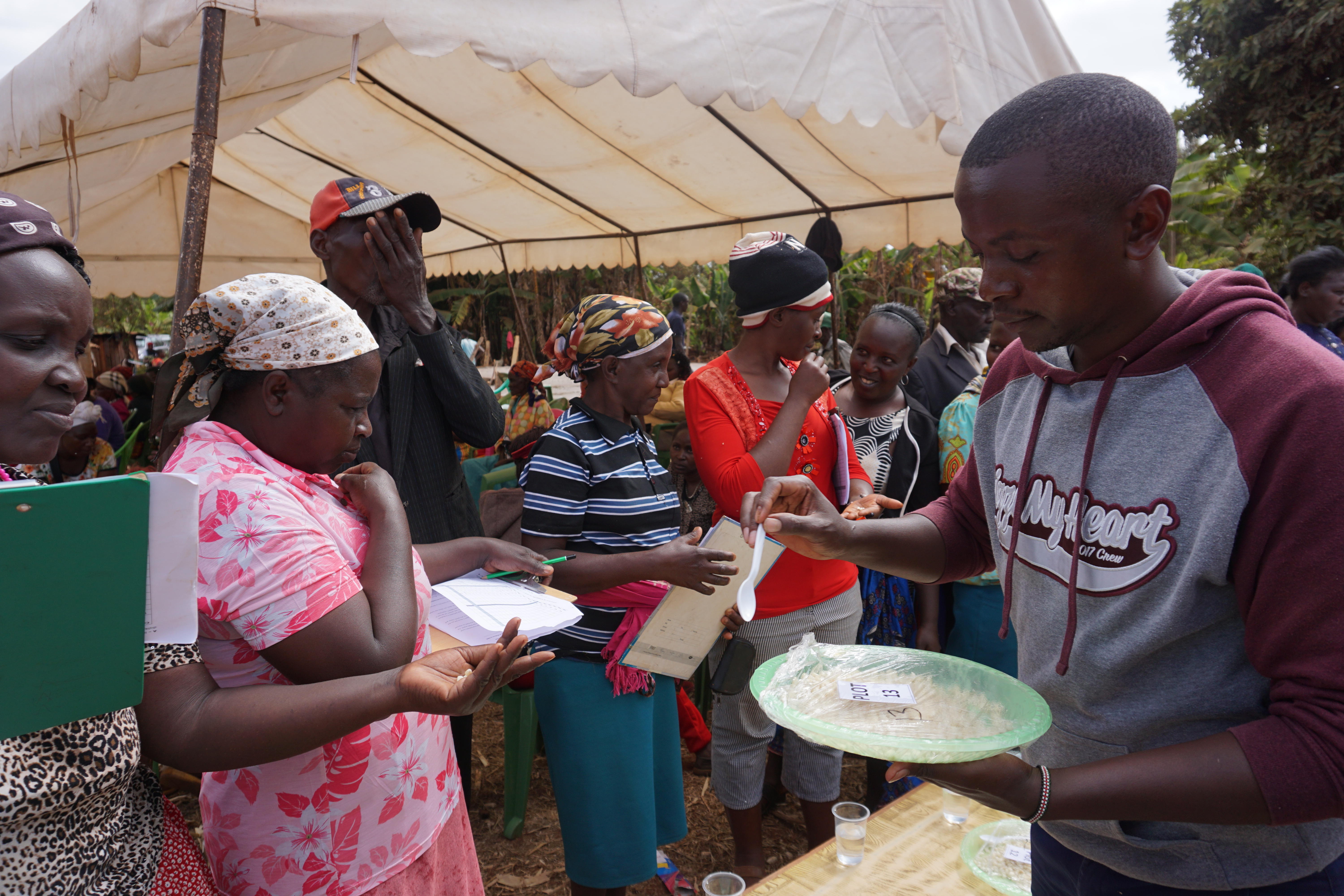
There may be tensions between farmers’ needs, what suits seed companies like the seed reproducibility ratio, and what is possible and cost-effective from a breeder’s perspective. CIMMYT does not only look through the lens of economic return. The social impact new varieties could have is also considered, for example developing provitamin A or quality protein maize (QPM) as a solution to combat malnutrition even if there is not a major demand from private seed companies in Africa for nutritious maize.
Qualities valued by some actors may be overlooked by others. For example, some maize varieties have leafy ears with deceptively small cobs, which may protect the grain against pests but could be rejected by farmers.
It is important to have a wide array of expertise from breeding, market research and socio-economic analysis so that the different trait choices are weighed according to different lenses and a clear strategy for varietal turnover is defined.
High performing hybrids may not be enough for large-scale adoption
In southern Africa, climate experts warn that farmers could face drought every three years. CIMMYT has rightly prioritized drought tolerance (DT) over the last decade under the Stress Tolerant Maize for Africa initiative. Recently developed DT maize hybrids often outperform the popular varieties on the market, yet the varietal turnover has been slow in some regions. Farmers’ perceptions of what is a good maize may influence the success or rejection of a new variety. The risk for farmers and seed companies to try out a new variety is an important factor in adoption as well.
An appropriate seed marketing strategy is key, often seen only as the responsibility of private seed companies, but should be considered by public research as well.
CIMMYT has been selecting maize that can withstand drought during the critical phase just before and during the flowering stage, when the silks of the future cobs form. Even if rains stop at this stage, farmers growing DT maize will harvest some decent grain. If a long dry spell occurs just after planting, the crop will fail regardless of drought-tolerant breeding efforts. Farmers may then reject DT maize after such failure if the messaging is not clear.
Product profiling is a collaborative process, not an imposing one
Redefining the breeding strategy through product profiling is not set in stone. Kotch recommends annual review as a vehicle for constant improvement. B.M. Prasanna, director of CIMMYT’s Global Maize Program and the CGIAR Research Program on Maize (MAIZE) explained that the product profiles could vary among various partners, as each partner looks at their own comparative advantage to reach success.
It is important to have everyone from the maize seed value chain on board to succeed. Regina Tende, maize breeder and entomologist at the Kenya Agricultural & Livestock Research Organization (KALRO), warned that regulatory bodies who review and authorize new varieties to reach the market must be integrated in the discussion “as their interest, primarily yield, may not be the final requirement for the target market.”
Seed systems specialists are also crucial to operationalize a successful breeding and delivery strategy, to address the different scaling bottlenecks and identify “the market changer.”
According to Kotch, CGIAR and national research organizations should avoid developing products too similar to the popular varieties on the market. Adoption occurs when something very different, for example new resistance to the devastating maize lethal necrosis, gives an innovation edge to seed companies. In Ethiopia, the replacement of an old popular variety BH660 by climate resilient BH661 was successful for various reasons including superior hybrid seed production with grey leaf spot resistance built in the seed parent population.
This demand-driven, multi-lens approach of product profiling including breeding, gender, socio-economic and policy dimensions will help to ensure that new varieties are more likely to be picked by farmers and partner seed companies, and increase the impact of CIMMYT’s Global Maize Program.